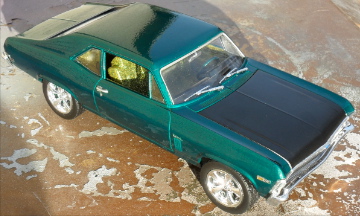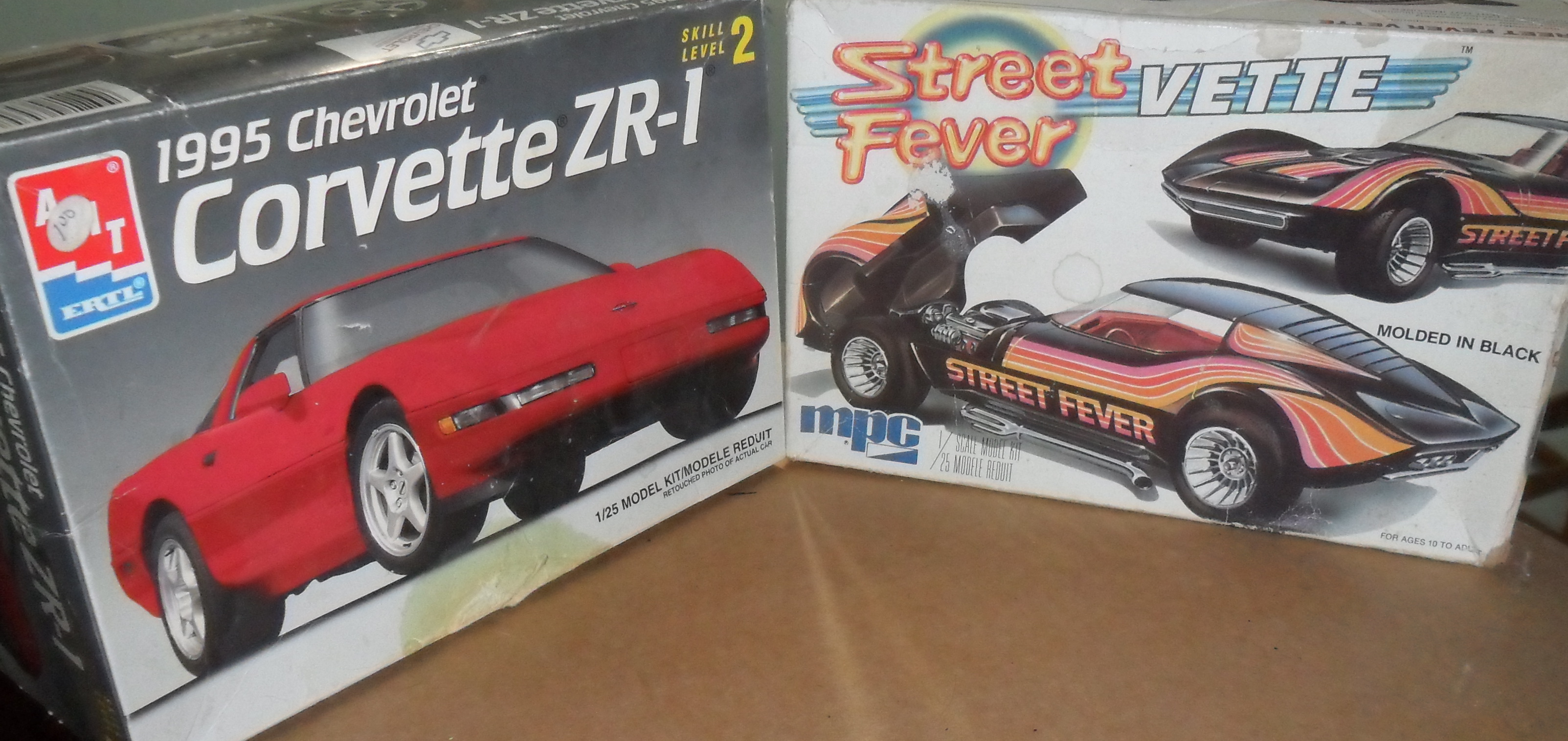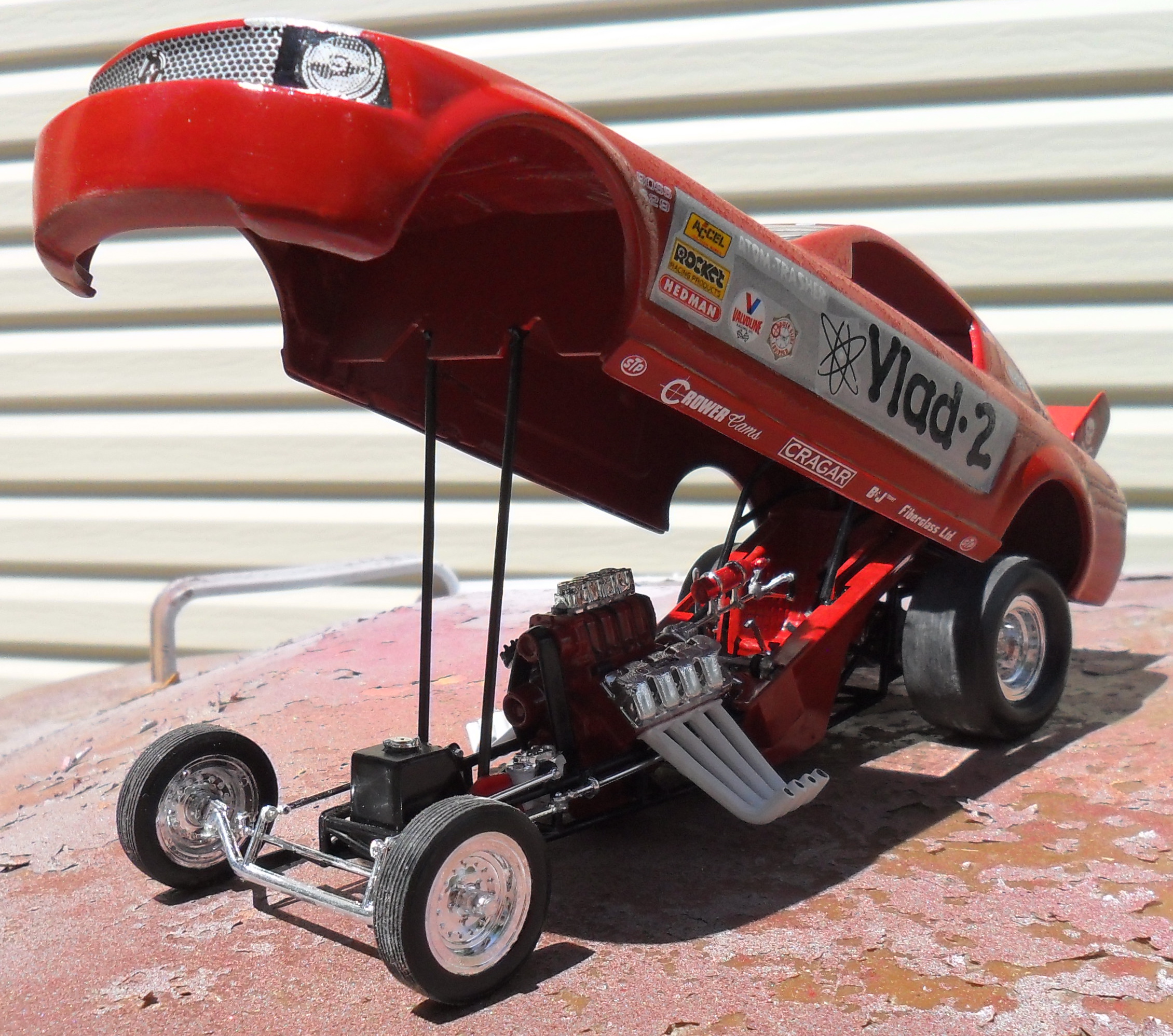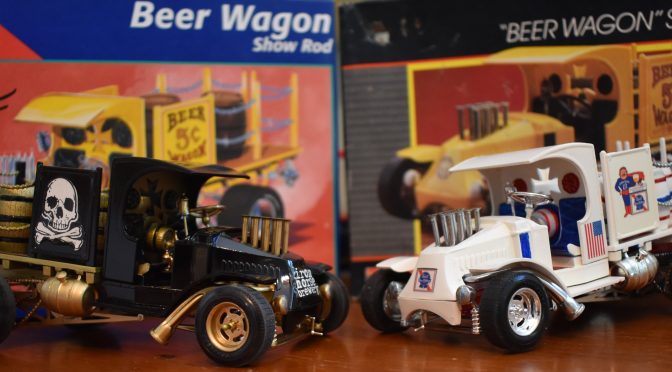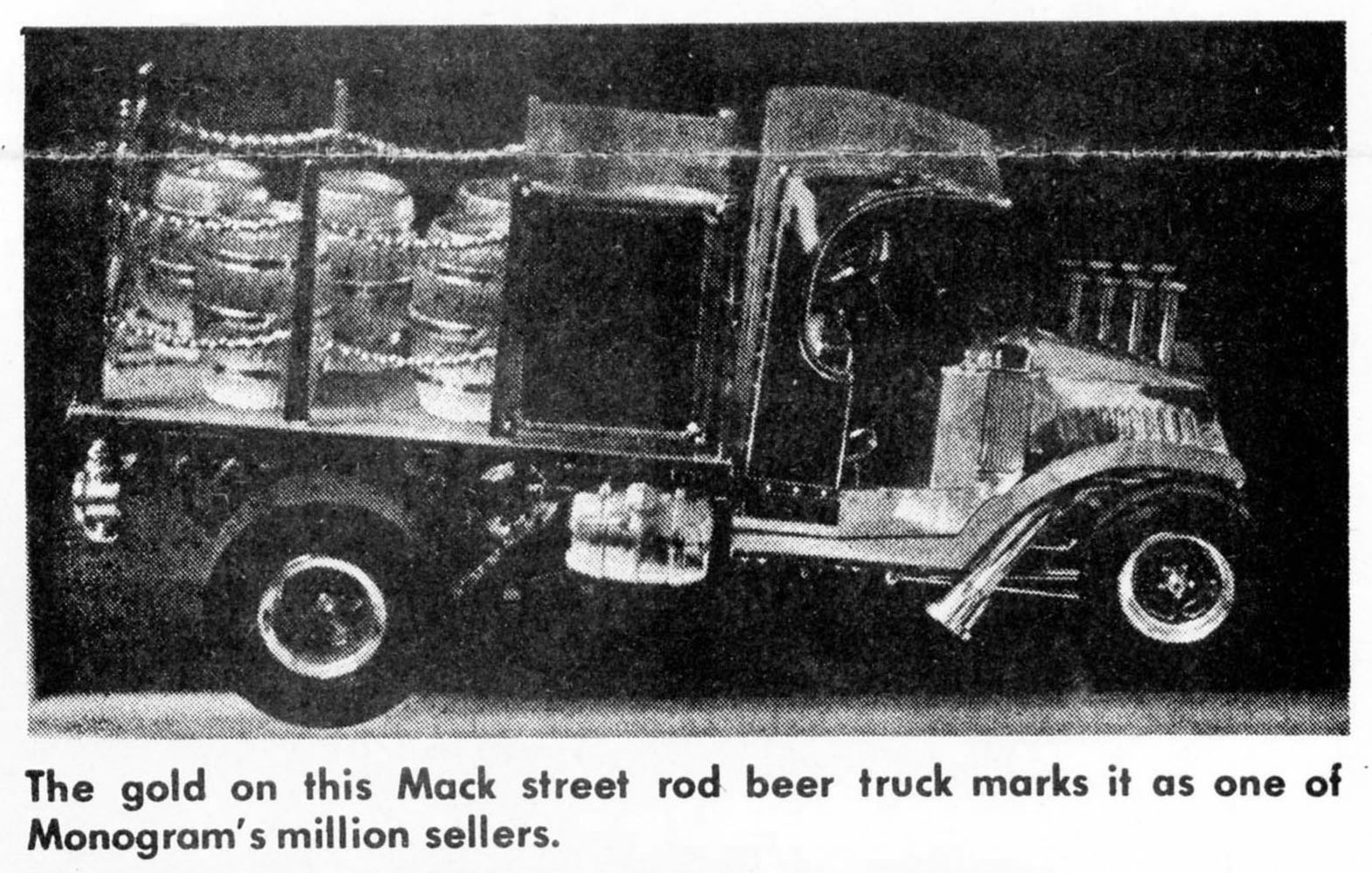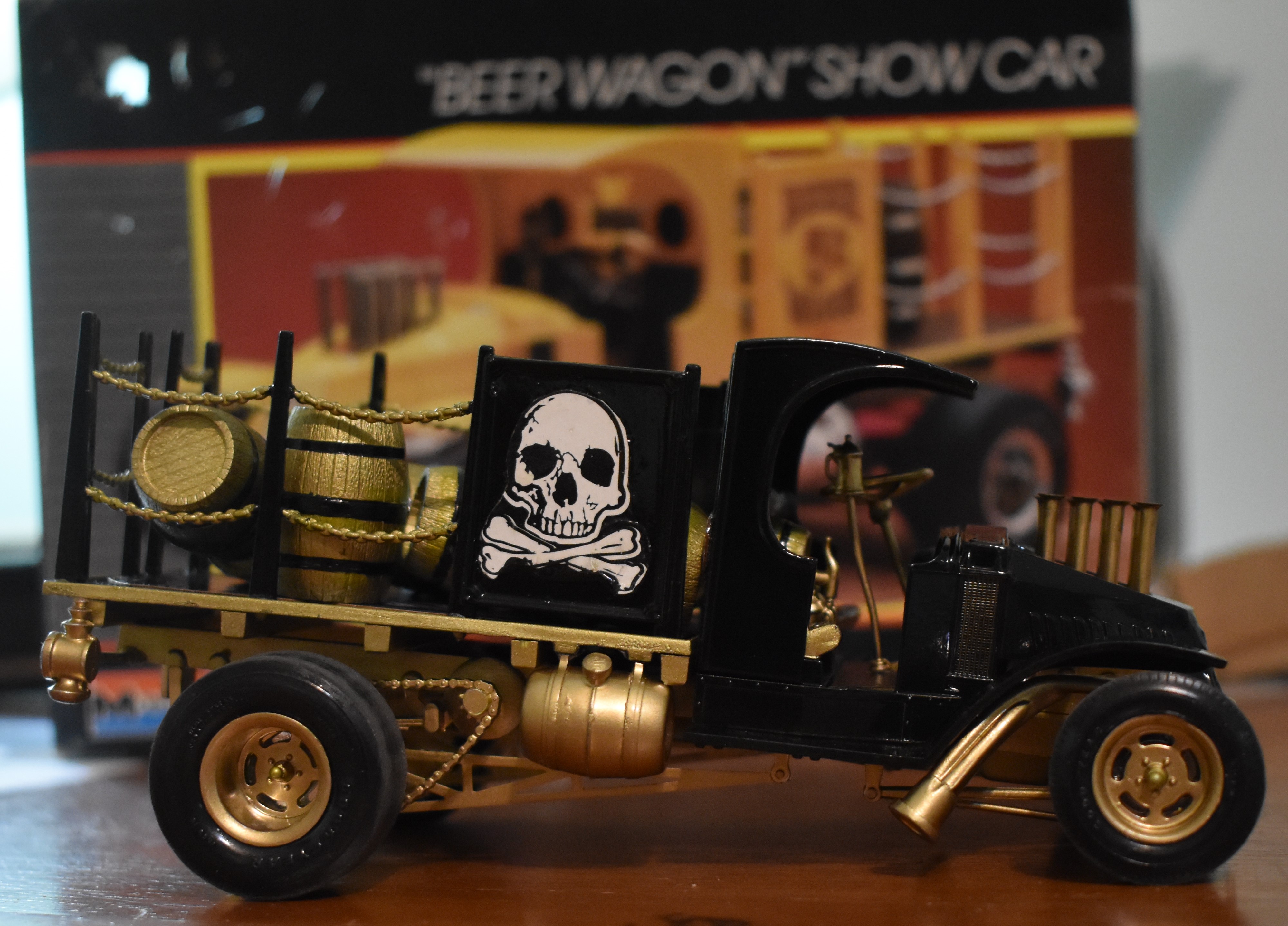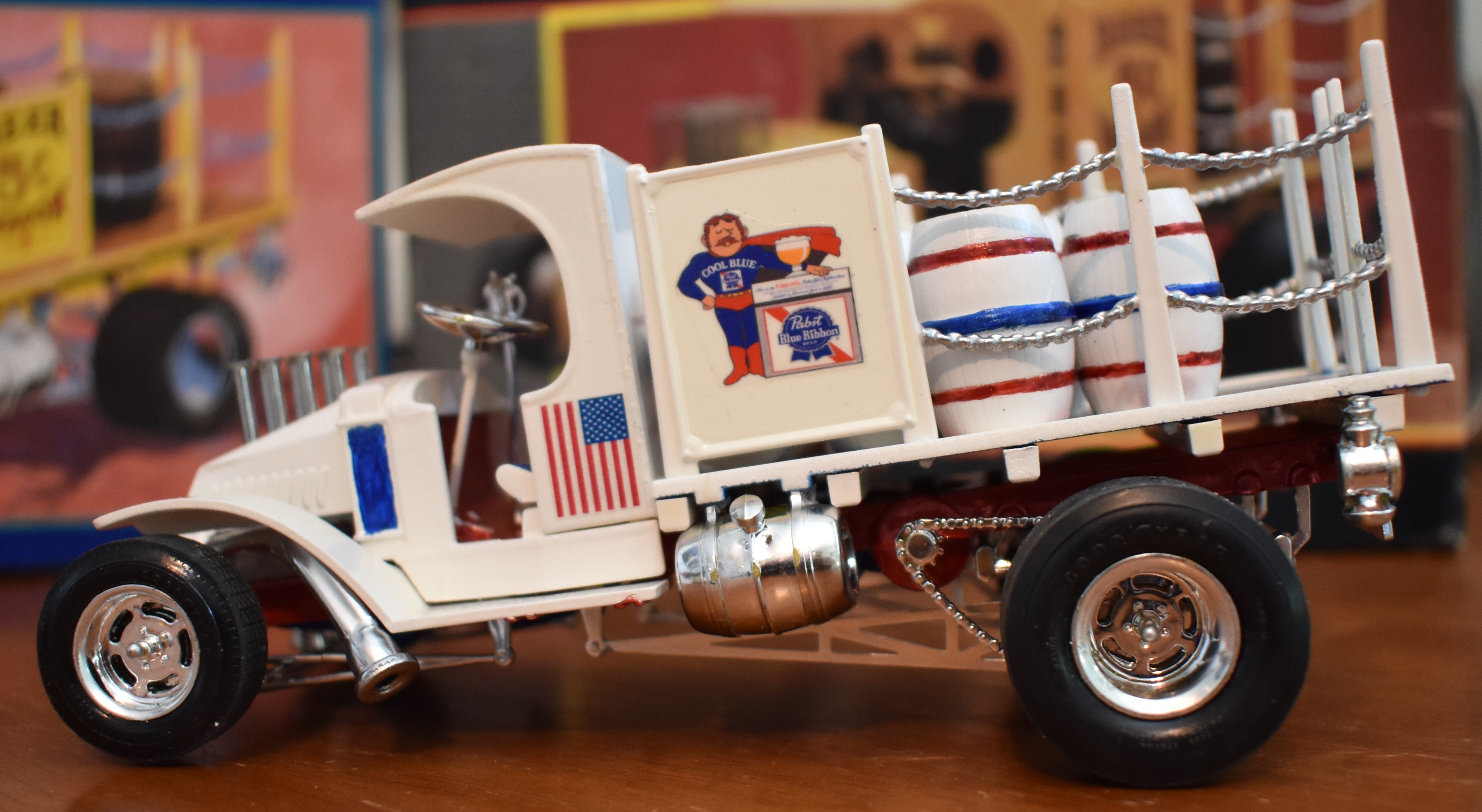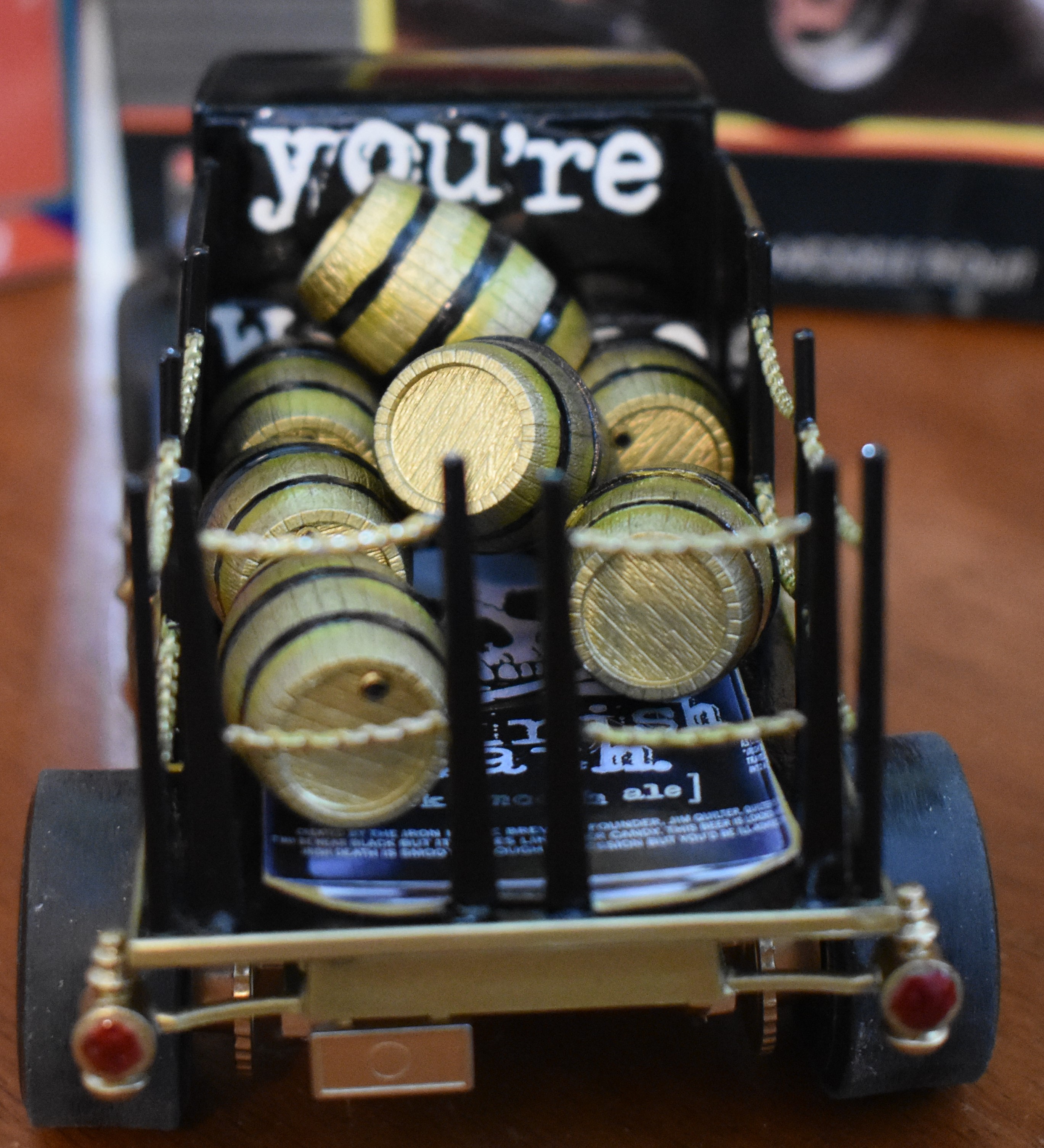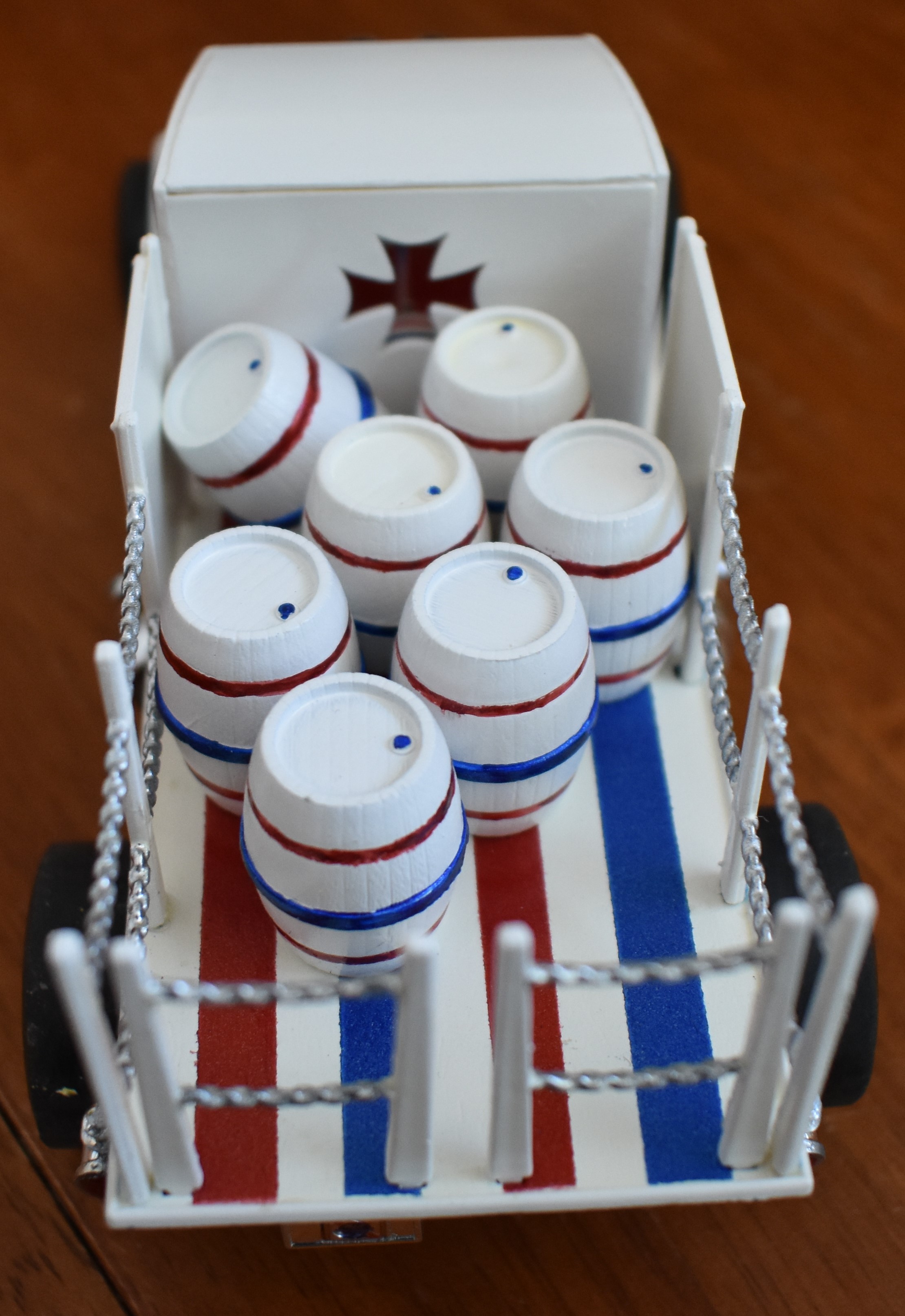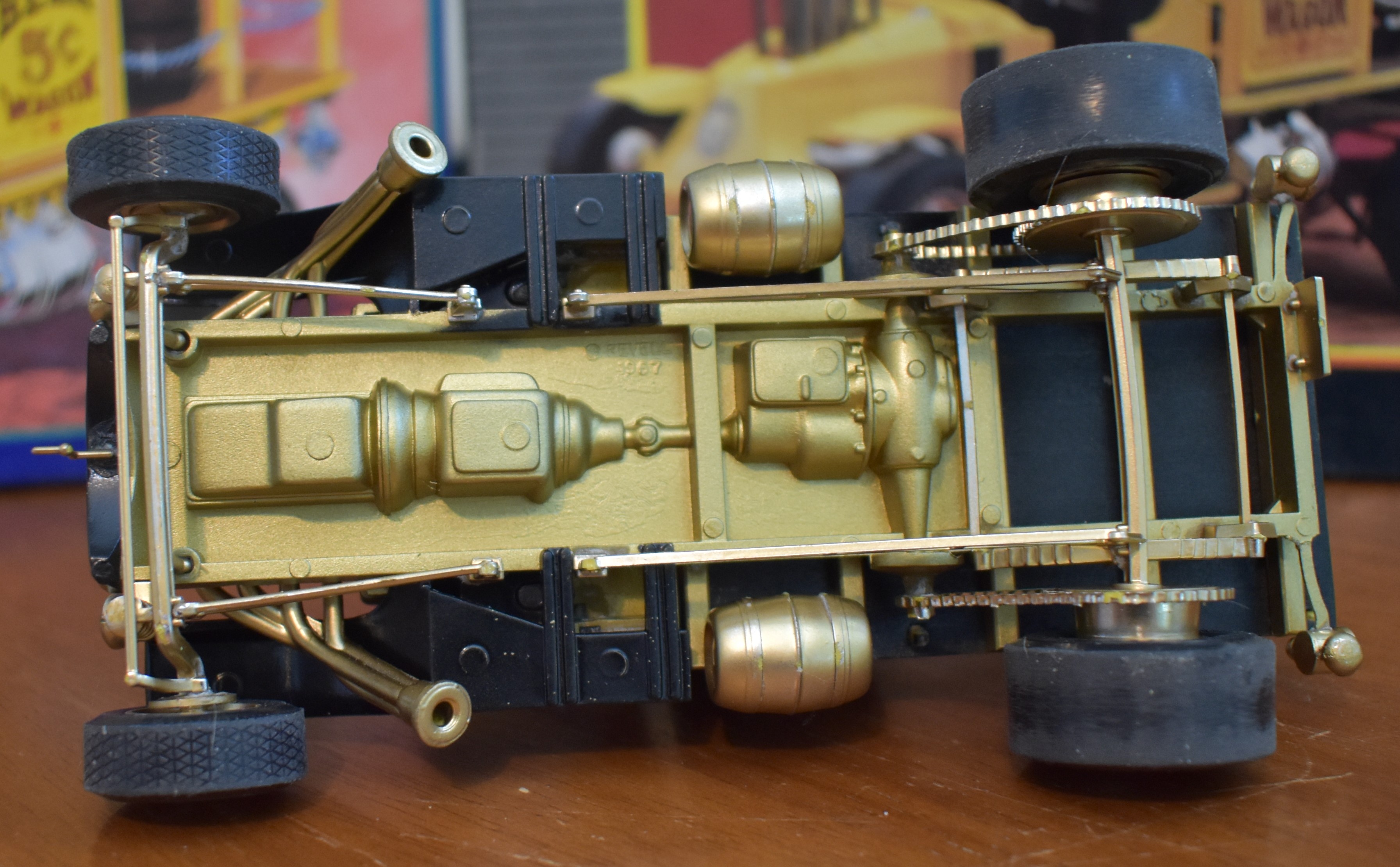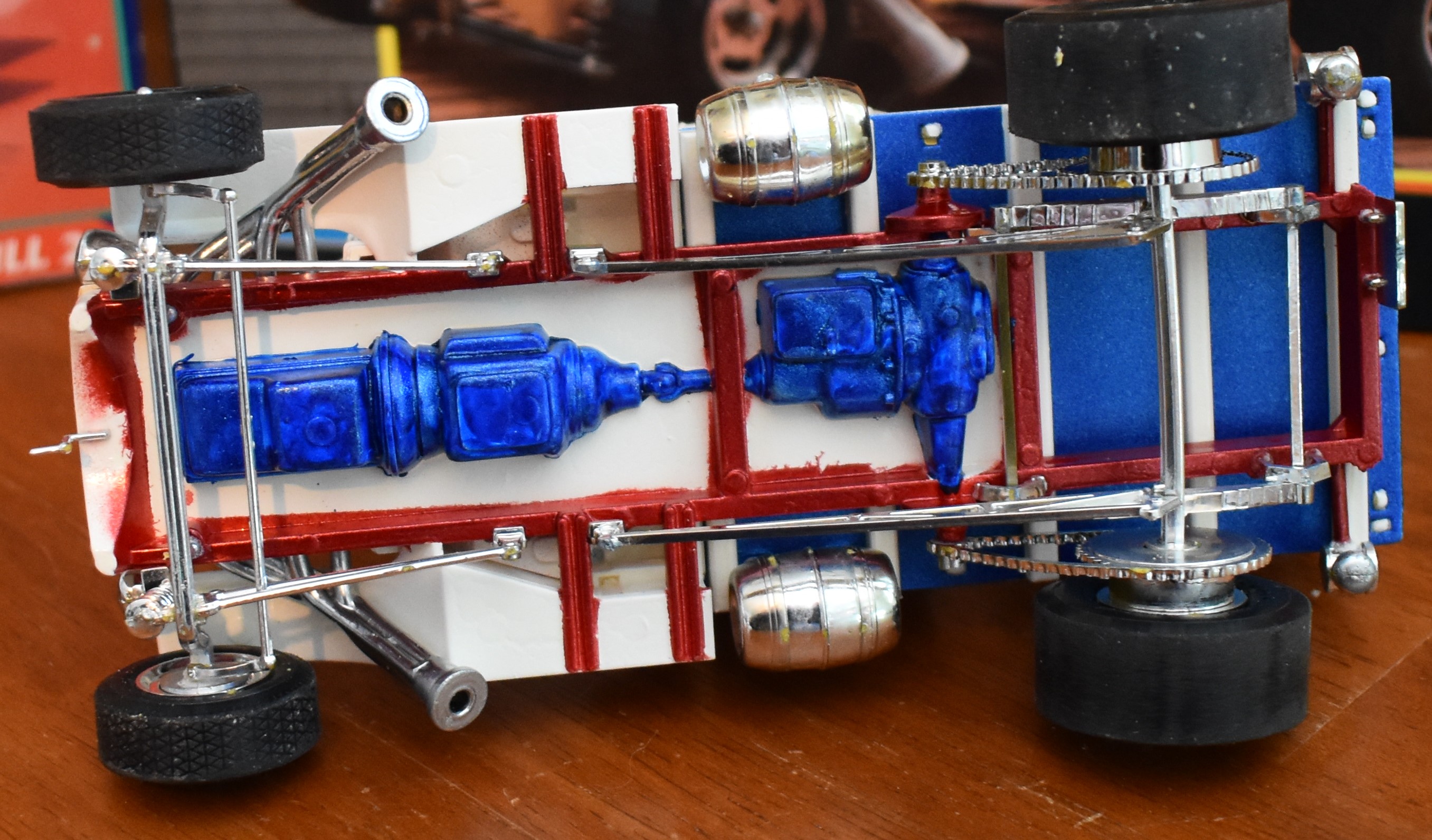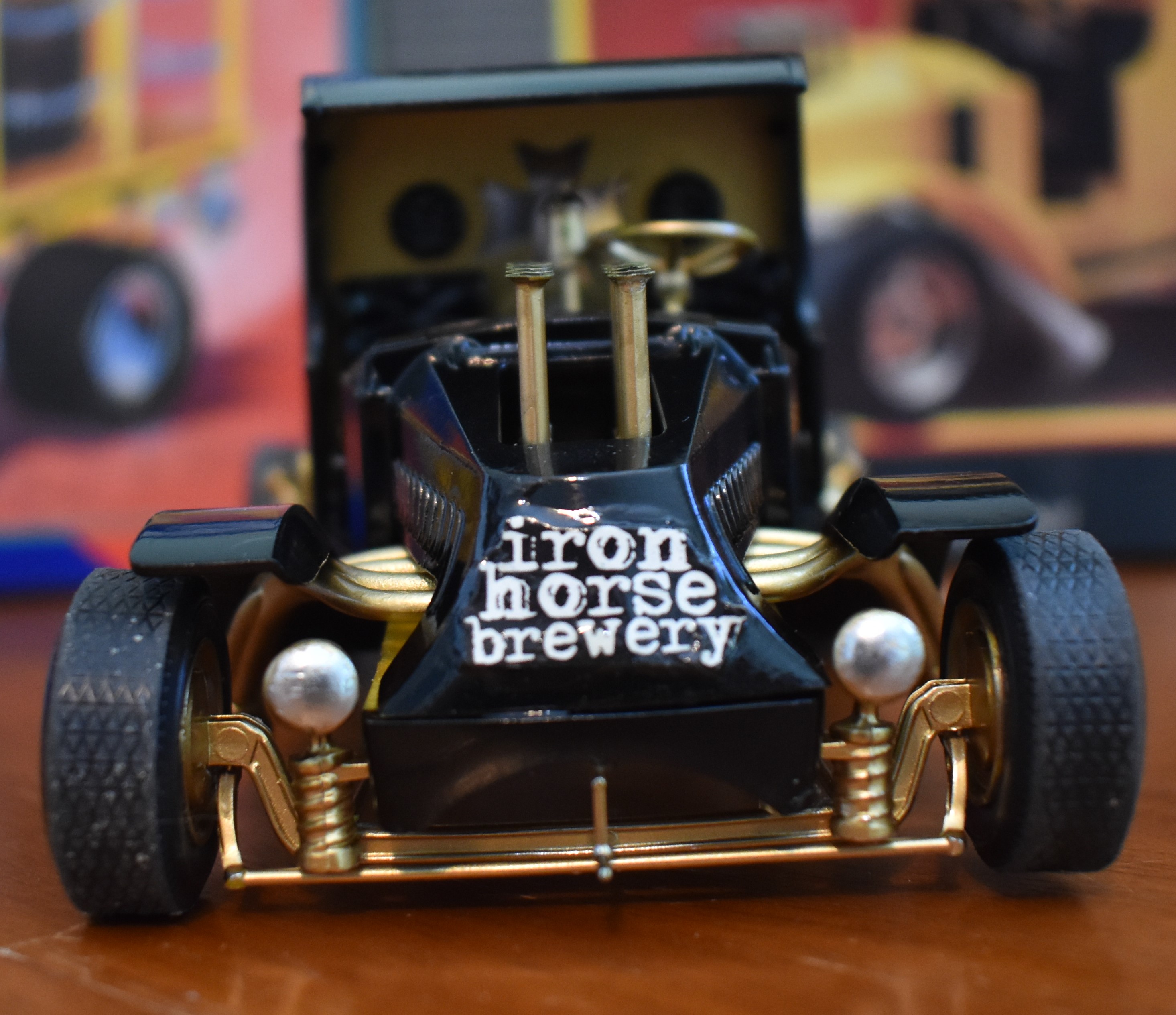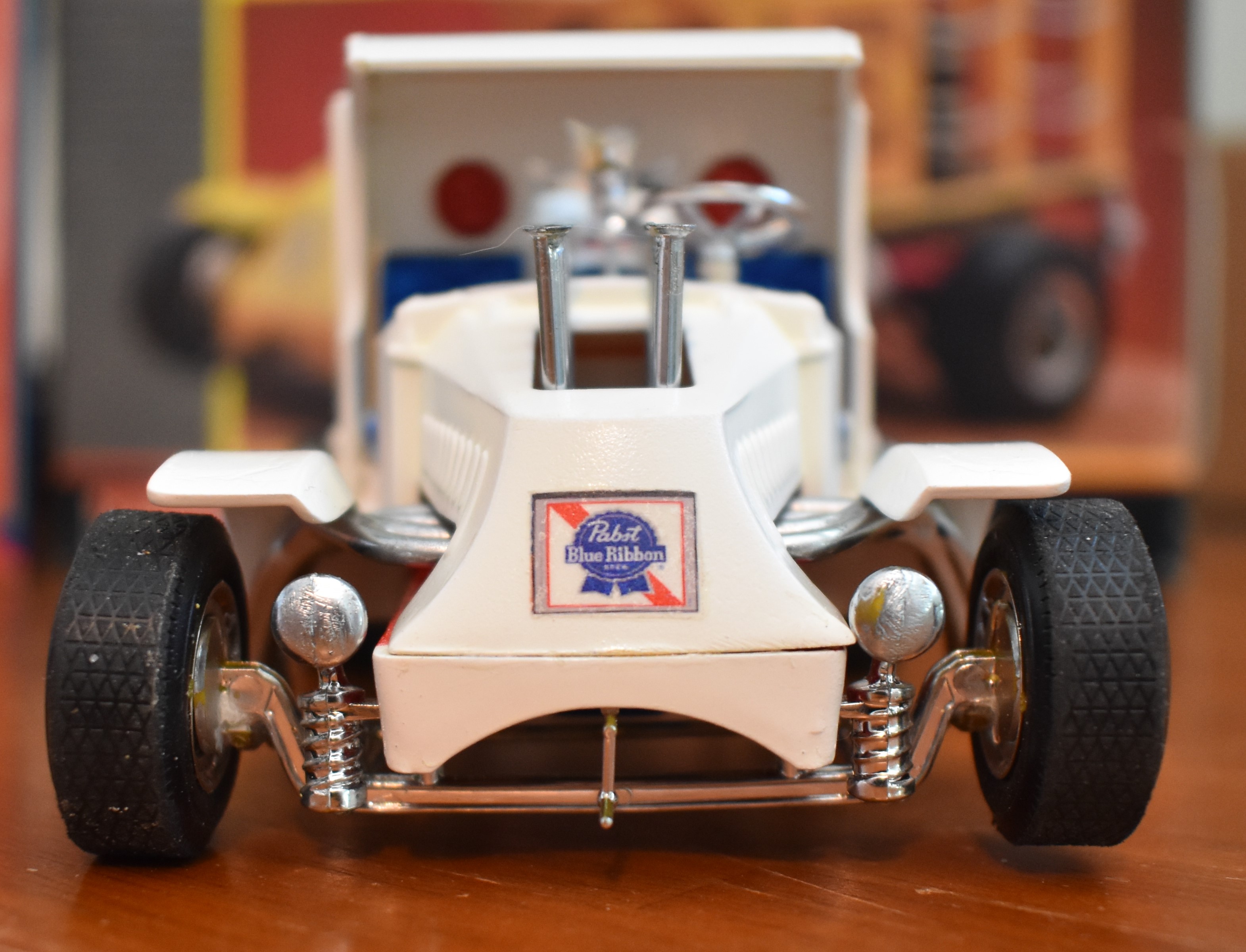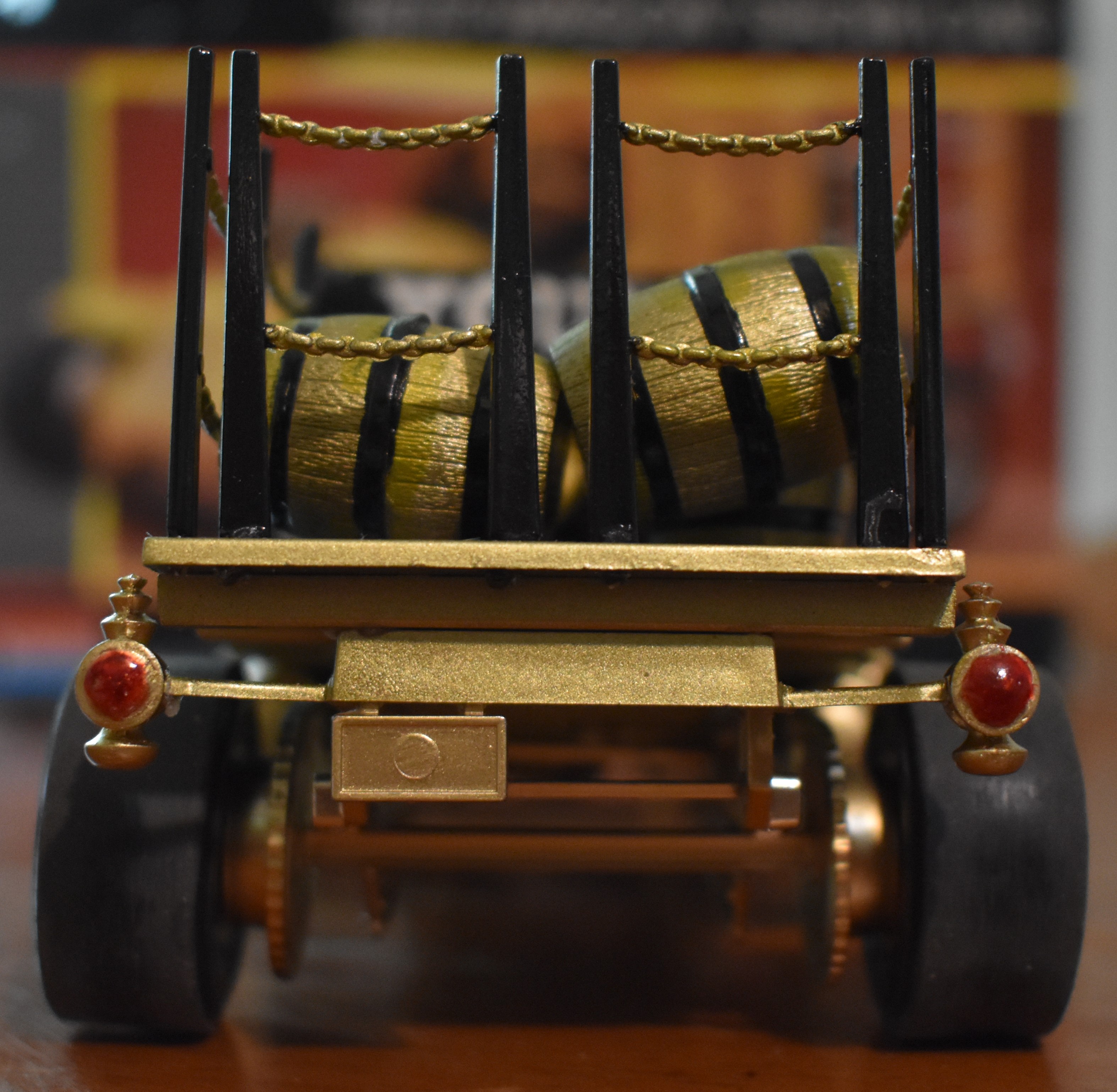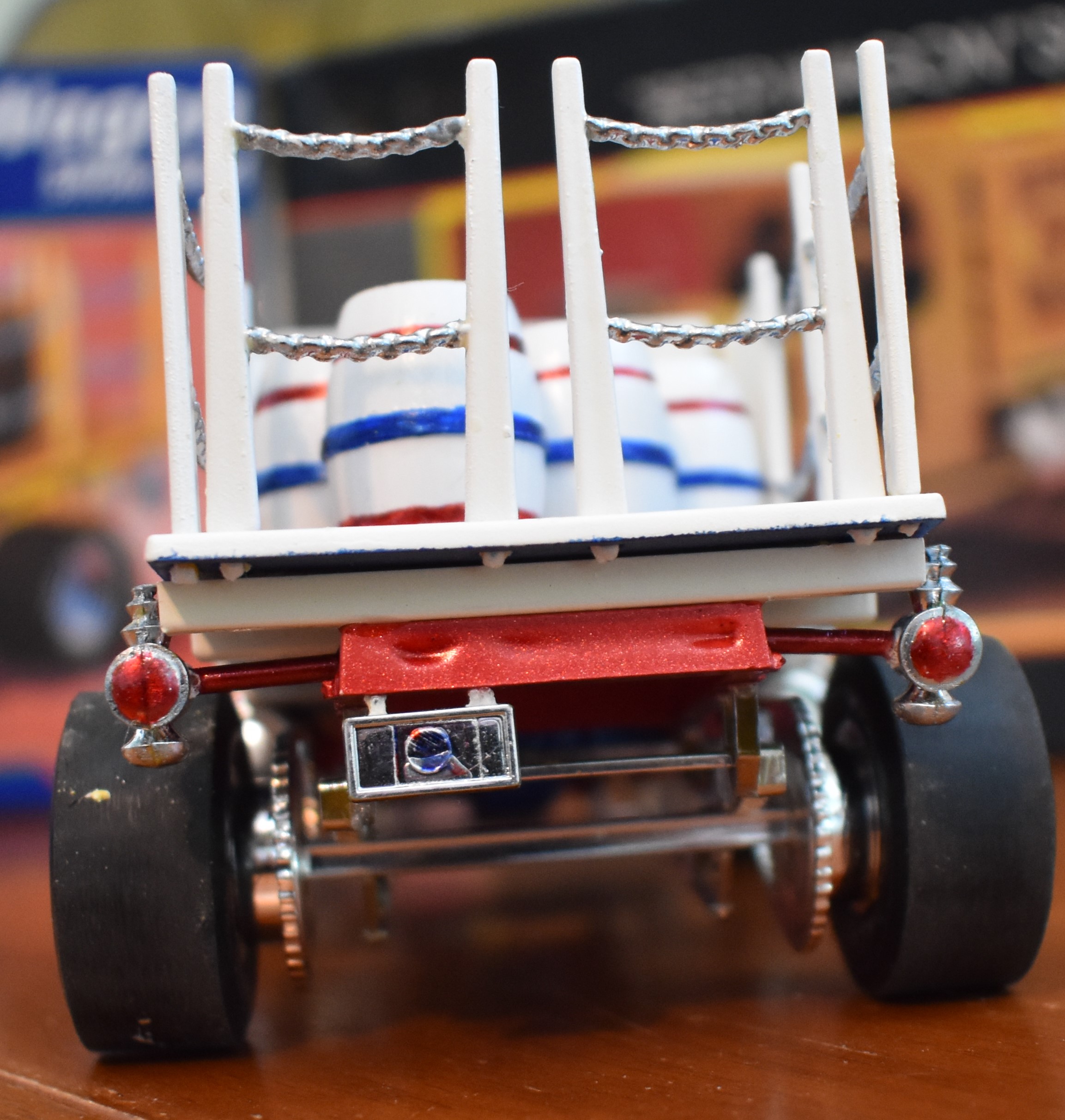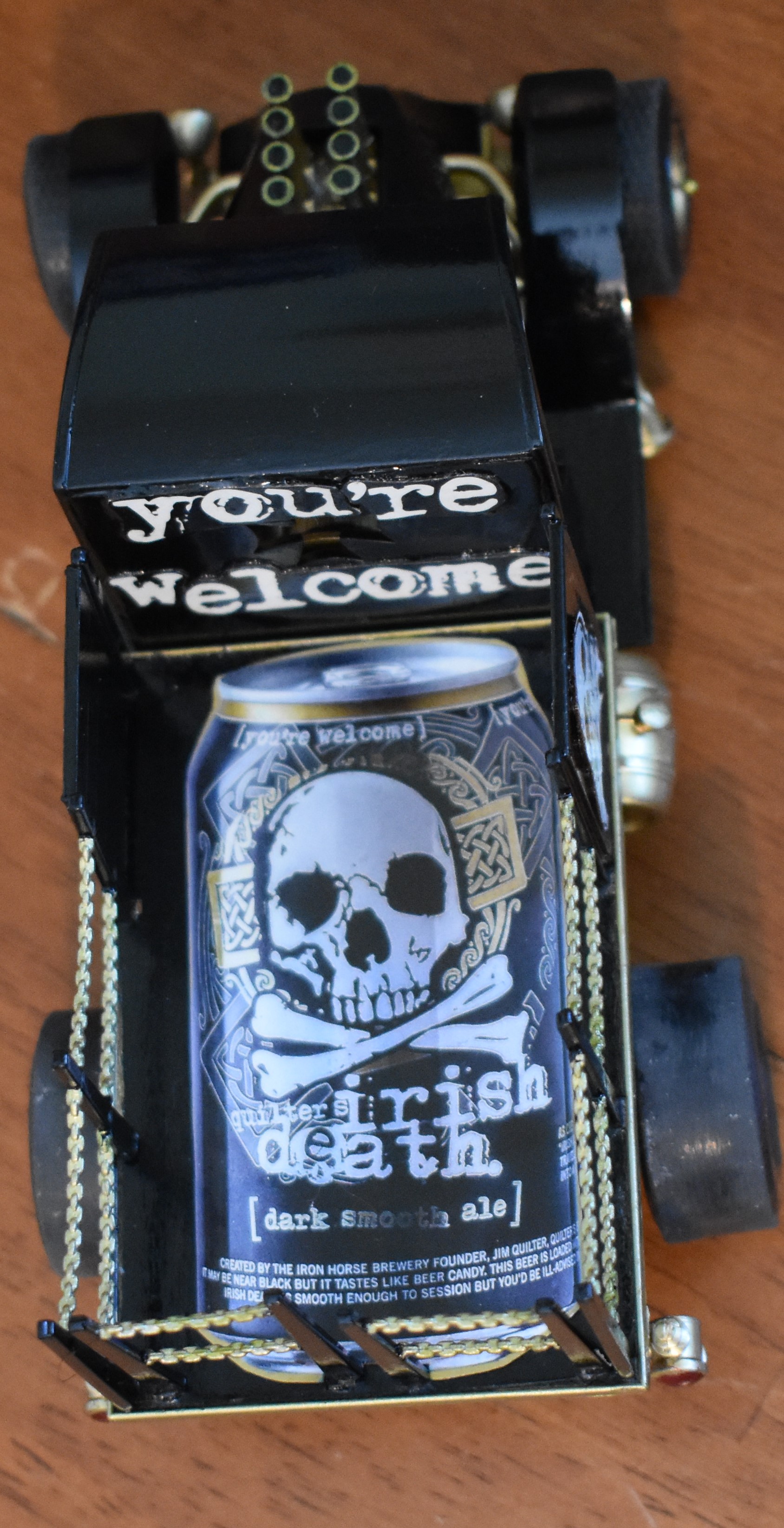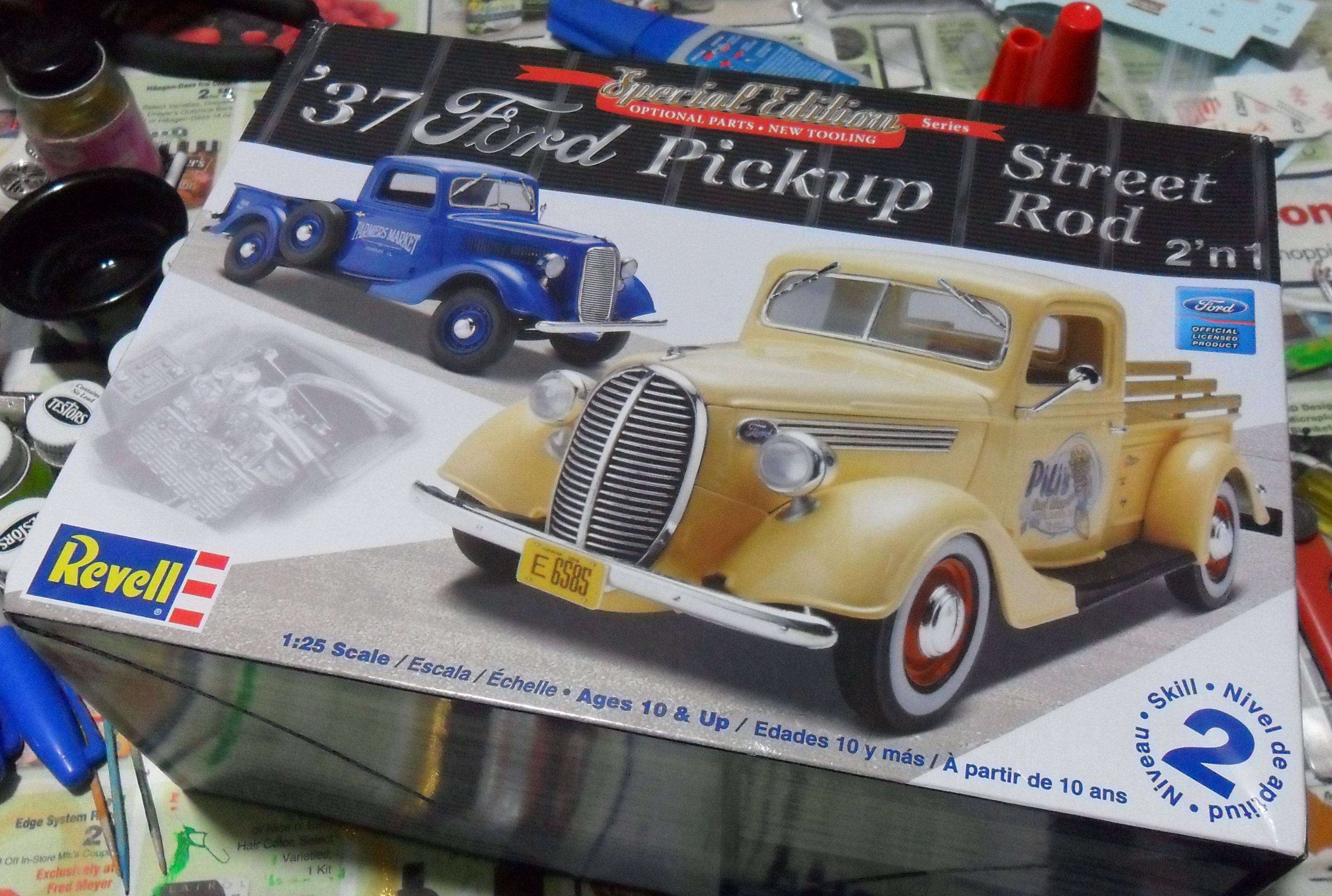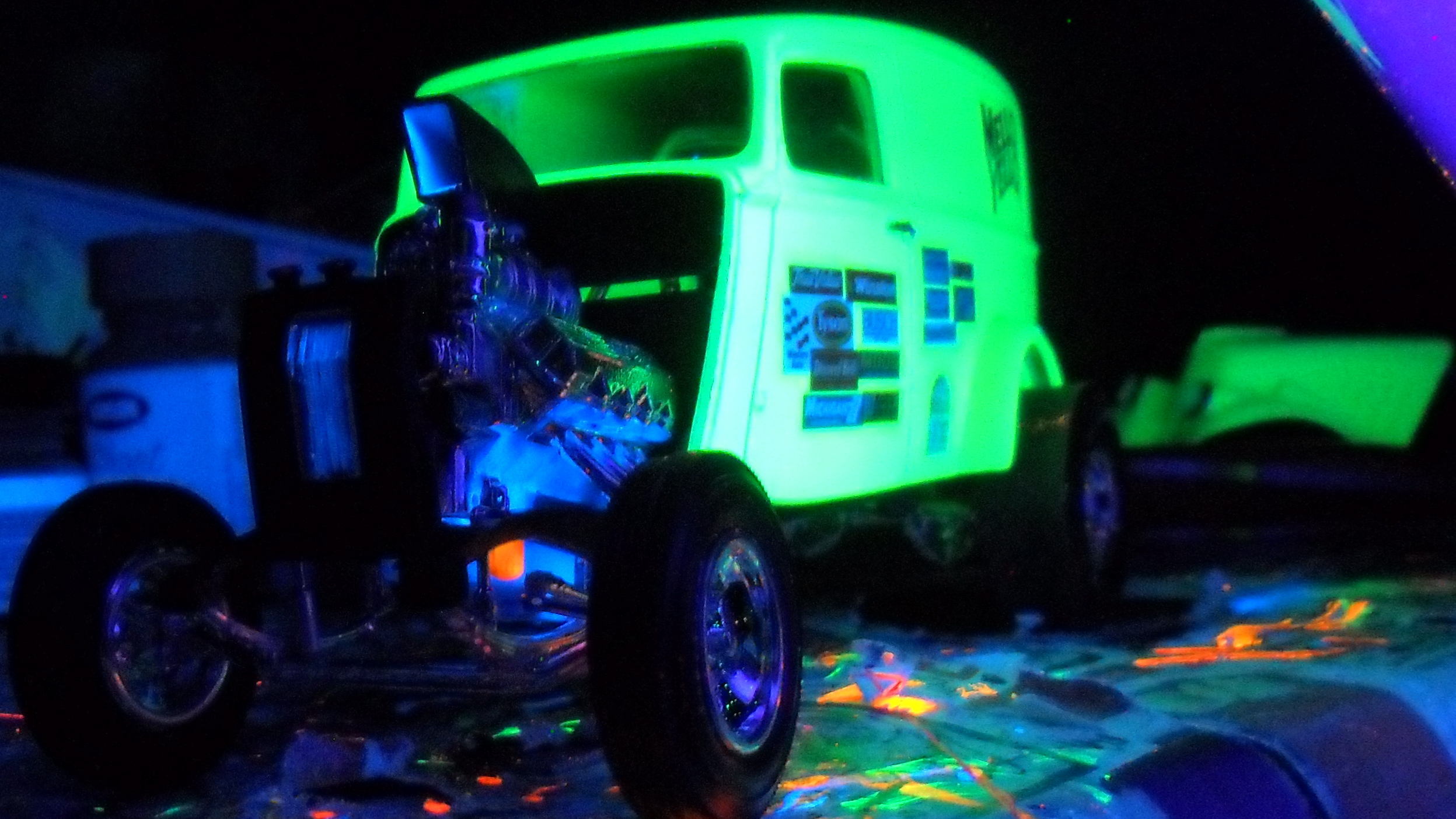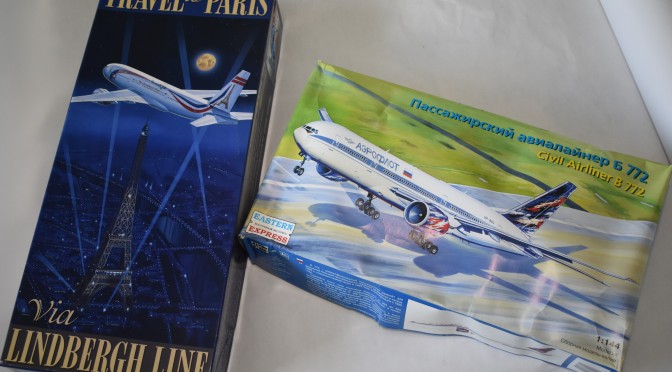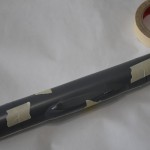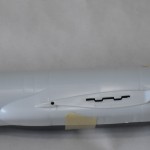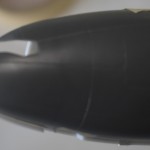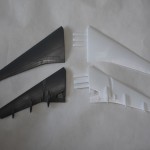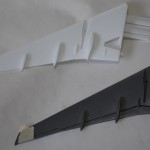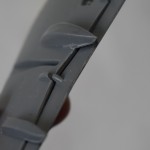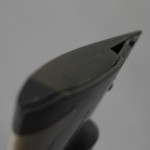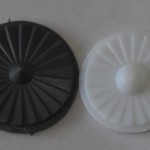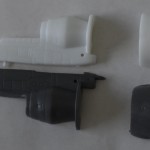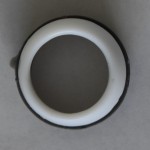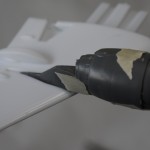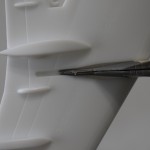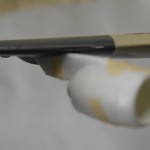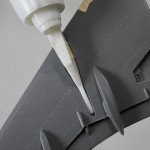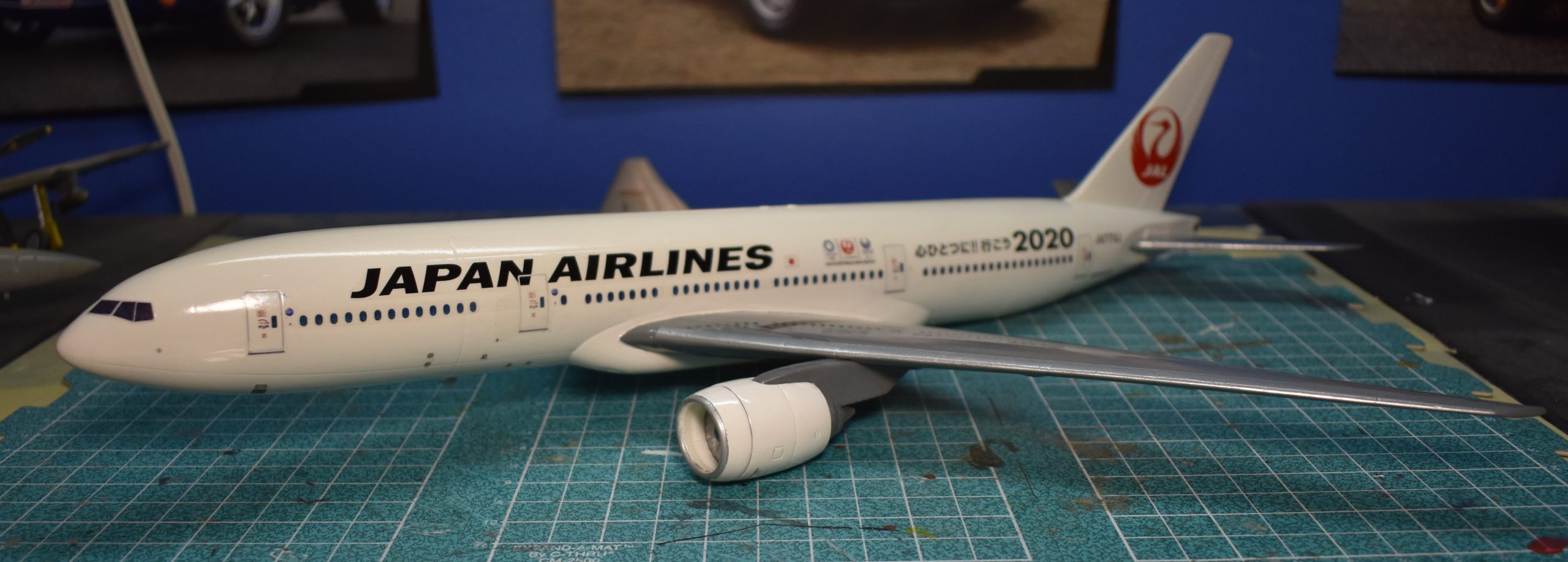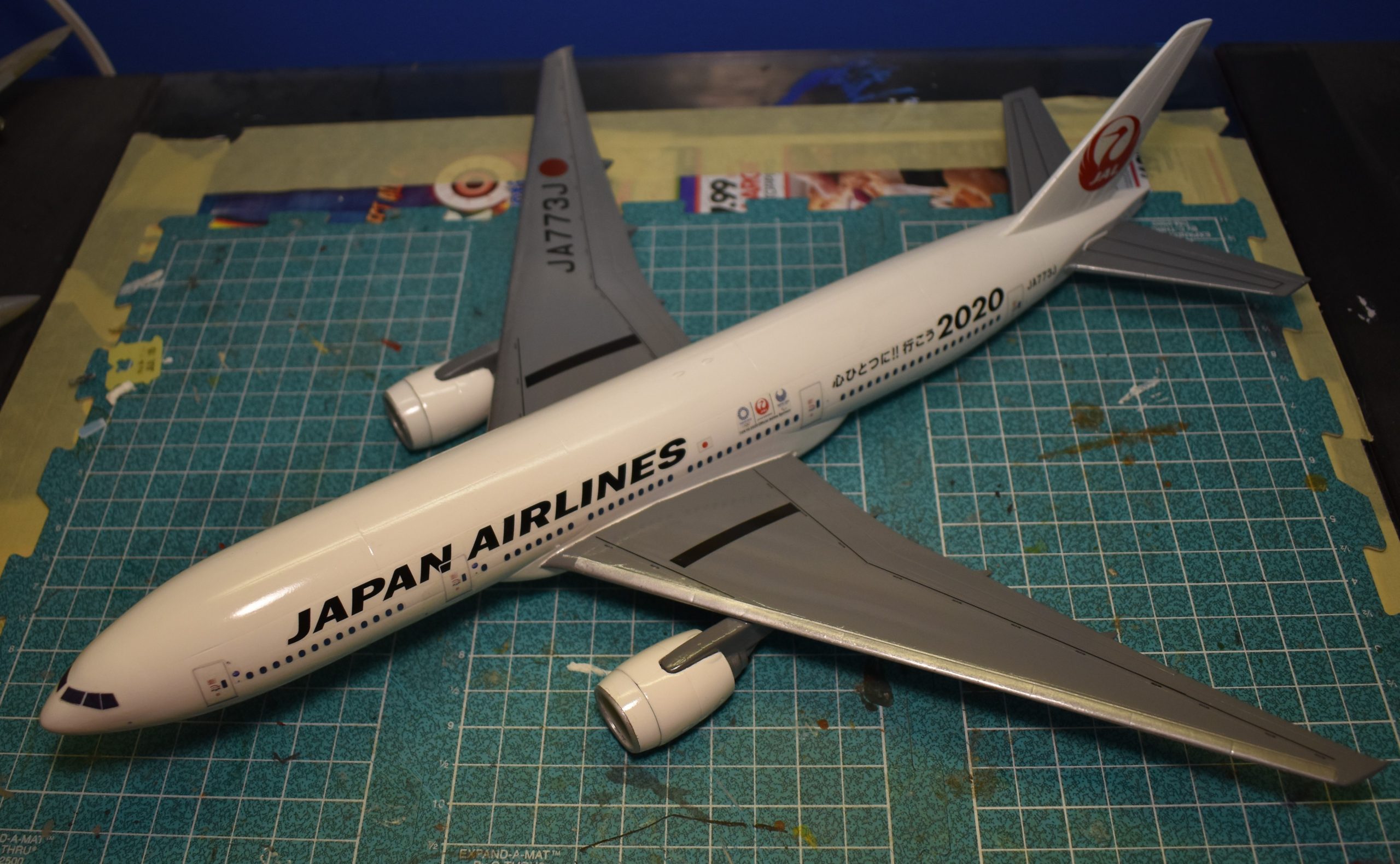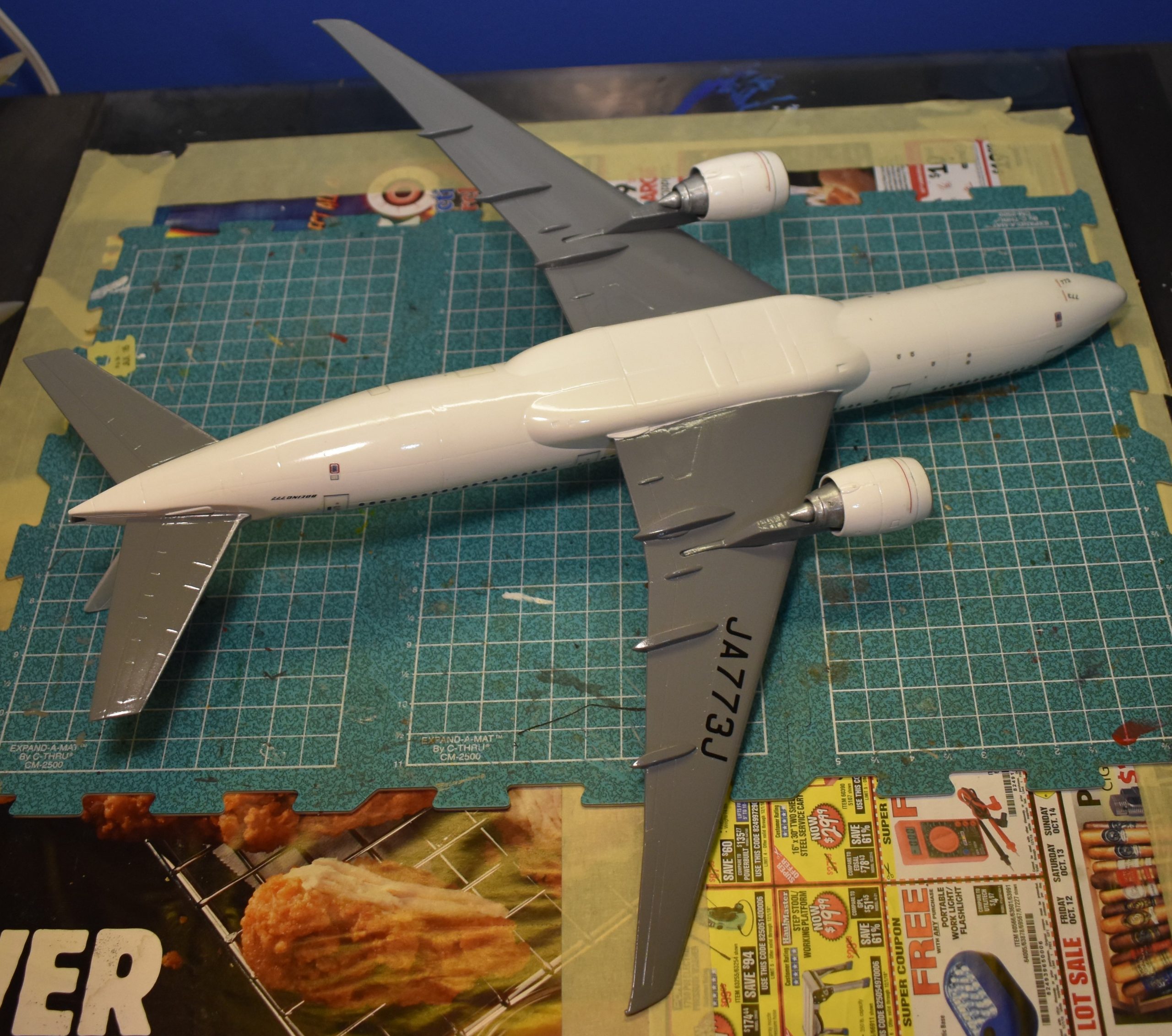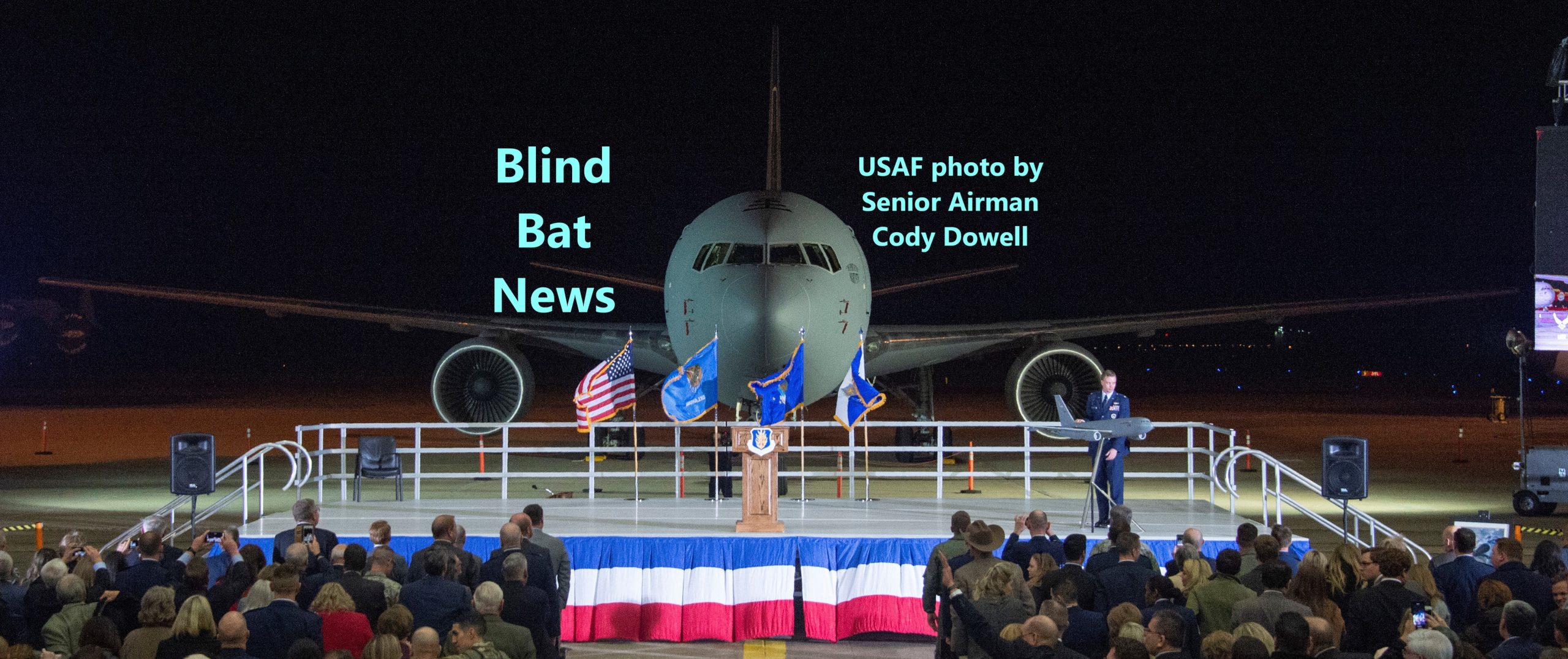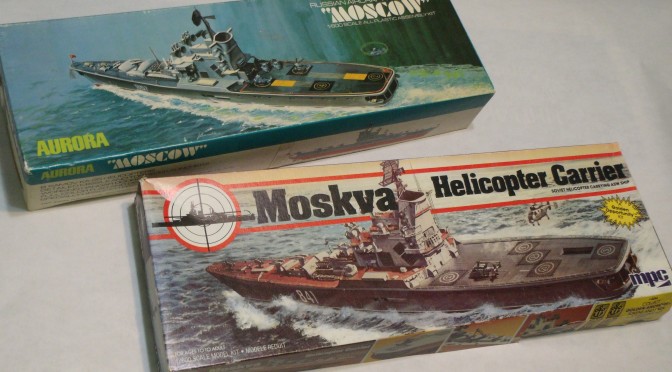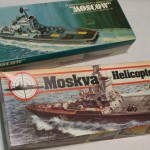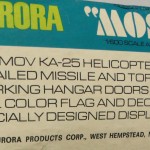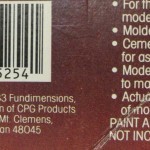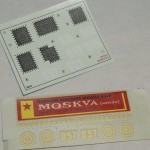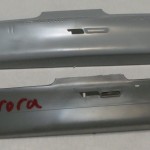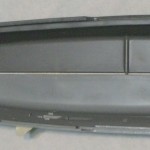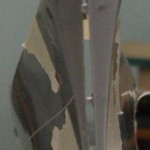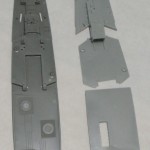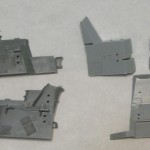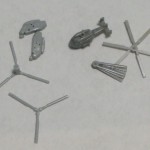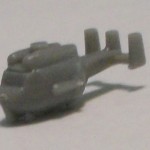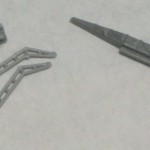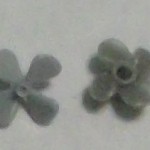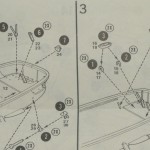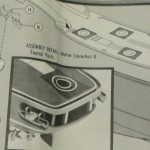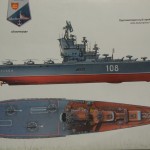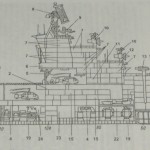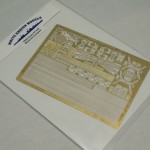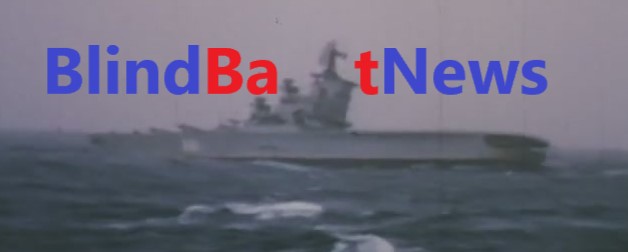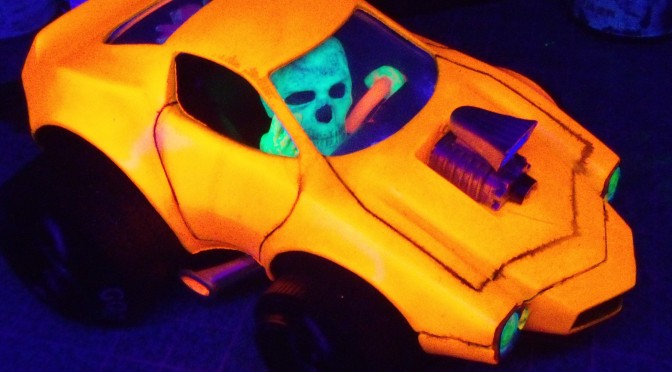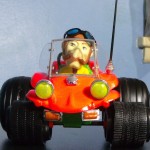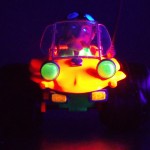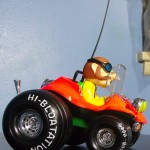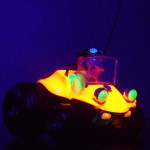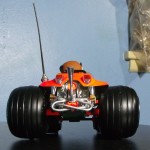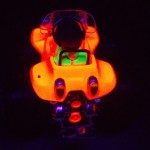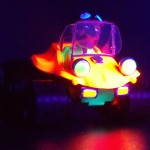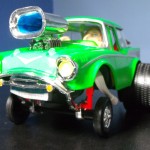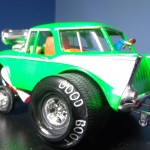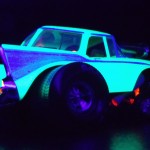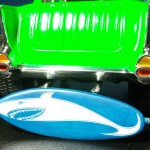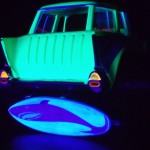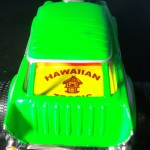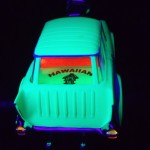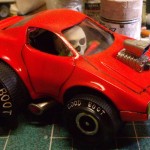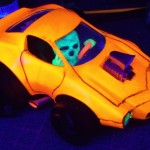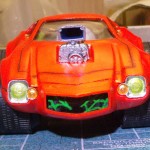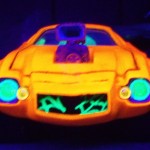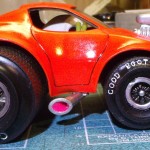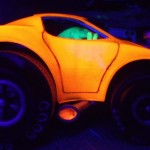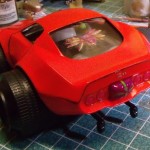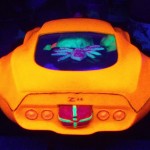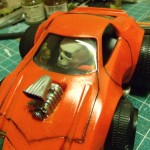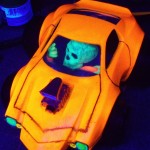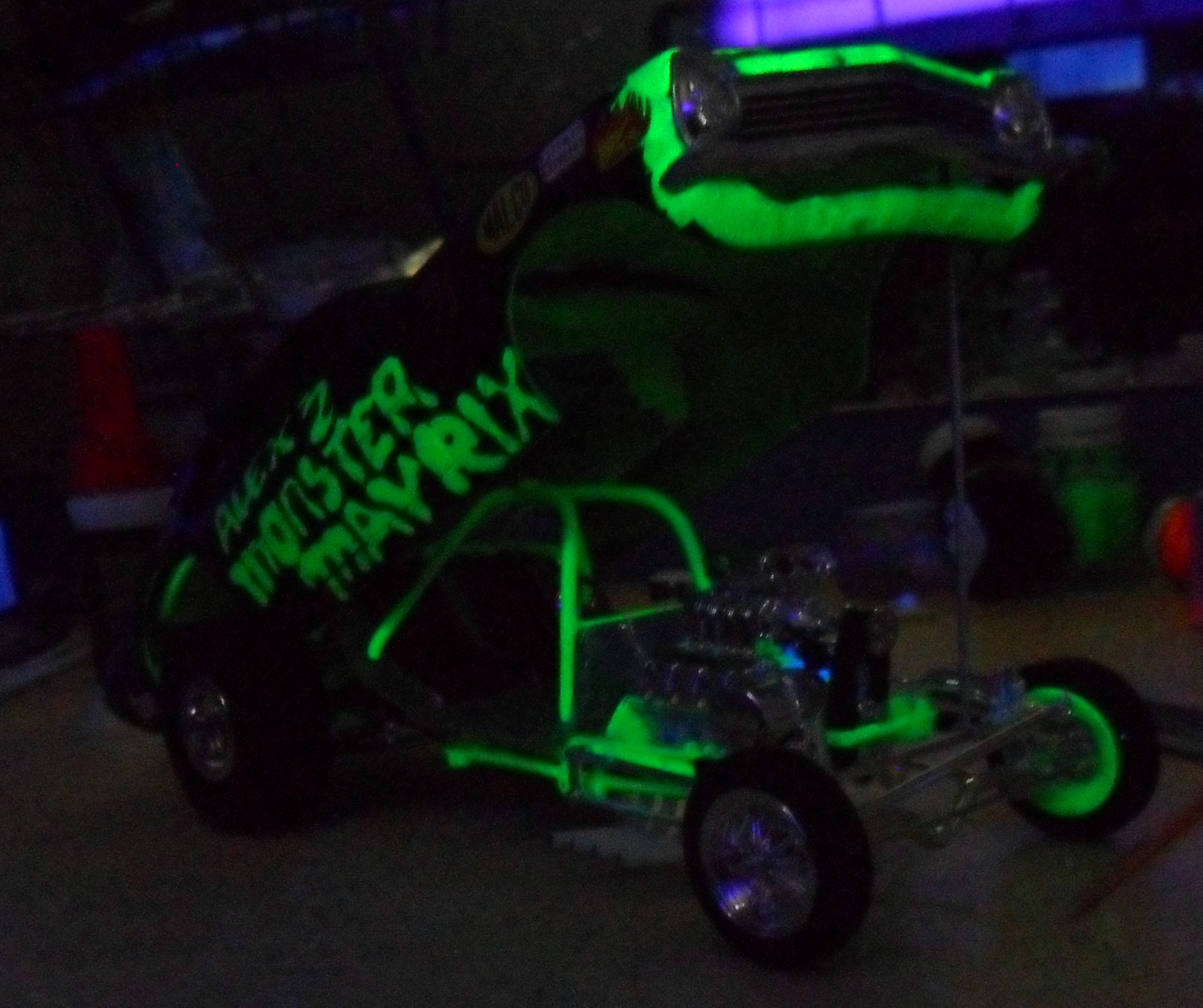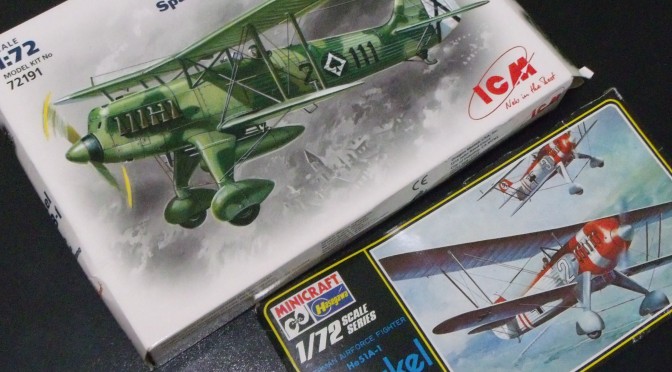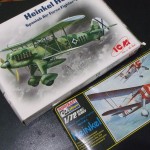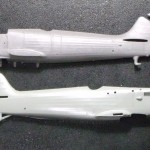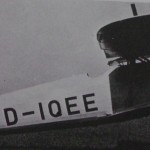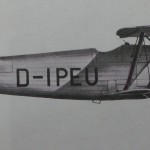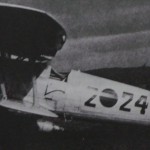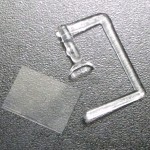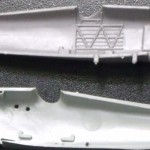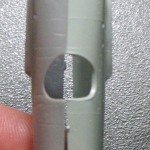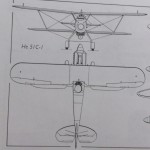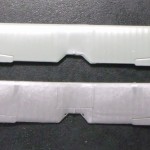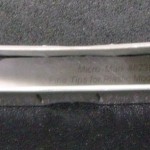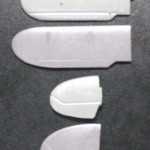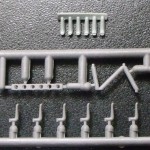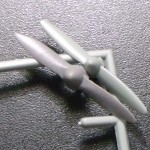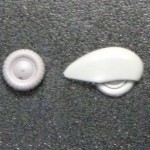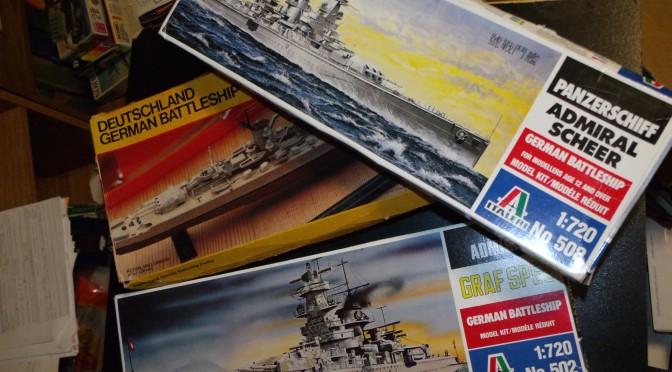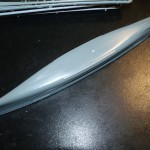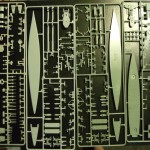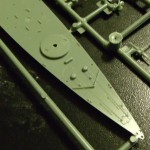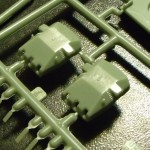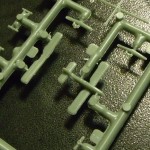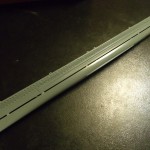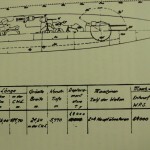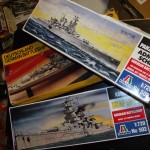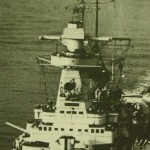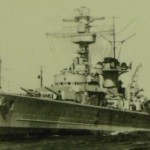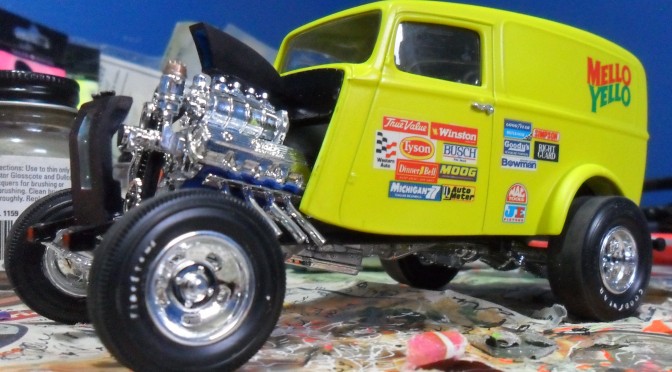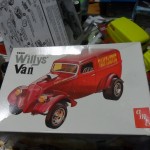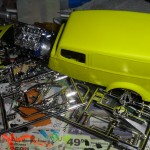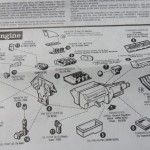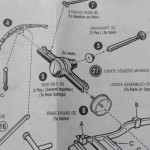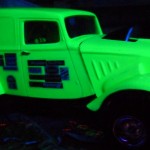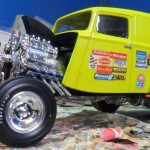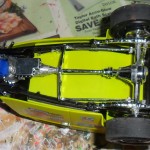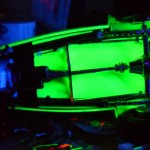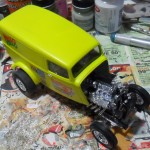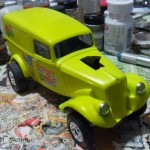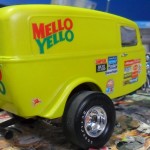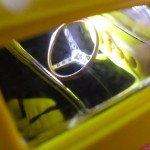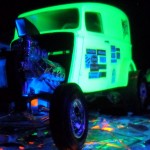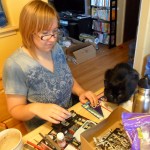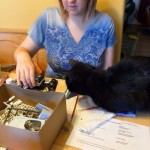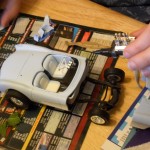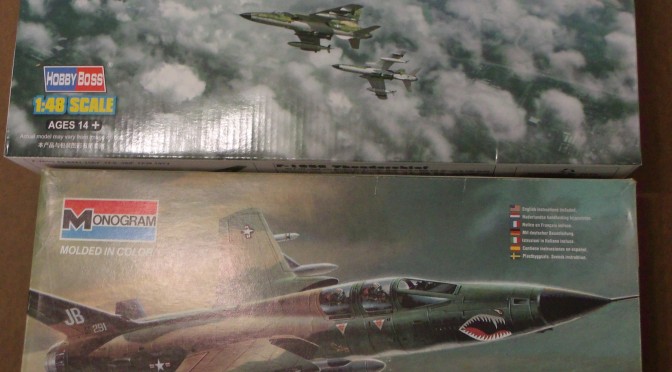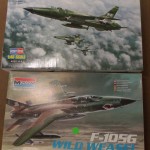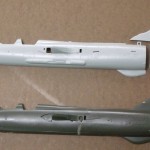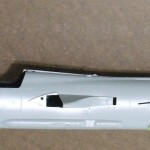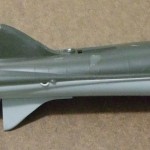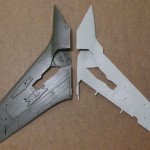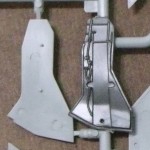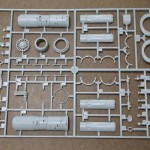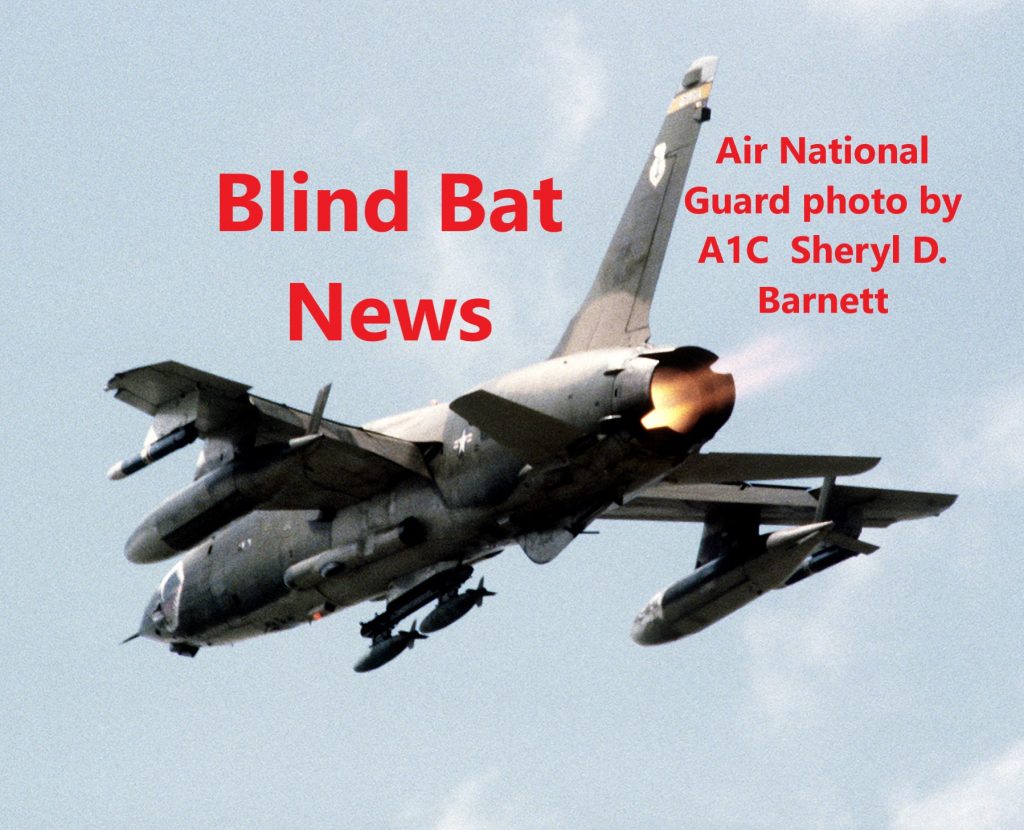As far as I’m aware I’ve collected every North American F-100 Super Saber (I prefer the U.S. English spelling versus the Queen’s English spelling Sabre [for some unknown reason preferred by North American]) kit in 1/72 scale, I feel confident I can honestly direct you as to which F-100 kit to spend your hard earned cash on (please don’t make the Too Big to Jail banks rich by using credit).
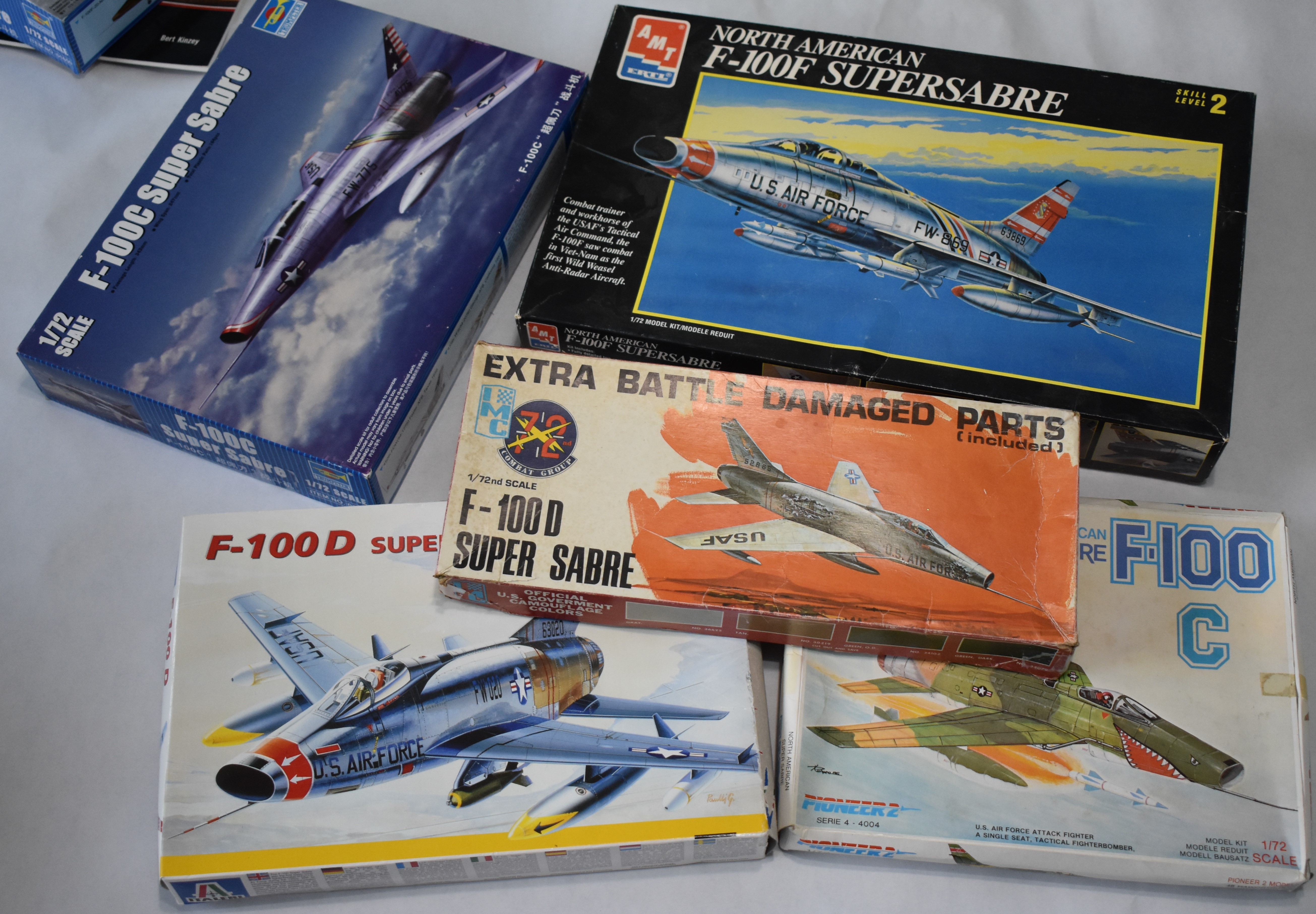
I also have several books with scale drawings, and once again the ‘authoritative’ drawings themselves don’t match-up.

Detail & Scale Number 4 (1980) uses drawings by Rockwell/Ed Moore/Terry Smith. Detail & Scale Volume 33 (1989) uses drawings by Dana Bell and Terry Smith. Bunrin Do’s Famous Airplanes of the World Number 22 (May 1990) uses drawings that look like 1:72 but no scale is given.
Revell: According to Detail & Scale, this kit first came out in the 1950s and is a piece-o-crap (photos confirm this), it’s much larger than 1:72 scale. It’s supposed to represent a ‘A/C’ version of the F-100. According to Detail & Scale-33 it was last issued in 1987.
Detail & Scale-33 also talks about other ‘1:72’ scale F-100 kits issued by different companies in the 1960s-70s, apparently all actually being scales that are not 1:72.
IMC/Lindberg: According to Scalemates, the IMC kit was the first 1:72 scale Super Saber, out in 1965. Lindberg currently issues it. IMC marketed it as a ‘D’ version yet it has the wing of a ‘A/C’ version (Lindberg wisely dropped the reference to the ‘D’ version). The surface detailing is spurious. Detail & Scale-4 doesn’t mention it, and Detail & Scale-33 simply calls the kit a “gimmick with battle damaged parts”. I was surprised to find the wing, elevators and canopy matched dimension and shape of the Ed Moore and Terry Smith drawings! The vertical tail is too skinny, tall, and set too far back on the fuselage. The fuselage is a little long at the ass-end. The extra long external fuel tanks are too fat and the fins are grossly over-sized. You get separately molded air intake mouth and exhaust/afterburner butt-hole (this is the part that makes the fuselage too long). No weapons come with the kit. Compared to the Dana Bell drawings the fuselage and wing measures out the same as the previous drawings, but the elevators are narrower in span. The same can be said about the Bunrin Do drawings.
Hasegawa/Frog: According to Scalemates, the Hasegawa kit was issued first by Frog in 1970, then Hasegawa in 1971. According to the reviewers in Detail & Scale, it’s accurate shape-wise, but represents the F-100D before all the field mods were applied by the USAF, so it can’t accurately represent a service aircraft. Never-the-less Hasegawa continues to re-issue the thing, and people continue paying too much for it. Compared to the Ed Moore/Terry Smith drawings the fuselage, wing and elevators are a close match. The one piece canopy/windshield is smaller than in the drawings. Compared to the Dana Bell drawings the wing/elevators have too great a sweep-back. You get separately molded air intake mouth and exhaust/afterburner butt-hole, but the fuselage is too long at the air intake and afterburner. The canopy is even smaller compared to Dana Bell drawings. According to the Bunrin Do drawings the wing is very slightly narrower in chord, but good in span. The elevators have too great a sweep-back. The fuselage is too short and too skinny, the canopy is still small. The old kit comes with two styles of external fuel tanks, but not the extra long ones, plus what looks like napalm bombs and Bullpup missiles.
ESCI/AMT-Ertl: Scalemates says this kit first came out in 1982. Reviewers in Detail & Scale-33 praise the kit for being the most accurate F-100D at that time (yes, better than Hasegawa). ESCI was also the first to release a two seat ‘F’ version. It has detailed landing gear, extra long external fuel tanks, separately molded intake mouth, two styles of IFR probes and two styles of after burners. The only weapons are Bullpup and Sidewinder missiles. The wing is a close match to the Moore/Smith drawings, but the elevators are too narrow in span. The fuselage is slightly long at the mouth, the vertical tail is too tall. The canopy/windshield (molded as one) is the closest to matching these drawings. The wing is also a close match to the Bell drawings, but the elevator is not only too short in span, the sweep-back is too great. The fuselage is even longer, yet the tail is only slightly taller. The canopy looks good, but the windshield area looks small. Going by the Bunrin Do drawings the wing is just slightly narrower in span, the elevators match the shape and sweep but are slightly undersized in overall dimension. The fuselage is shorter and narrower, yet the tail matches the height of the drawing. The canopy/windshield looks like a good match.
Click the pics to make bigger:
-
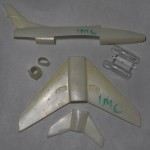
-
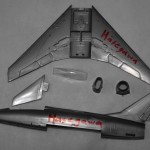
-
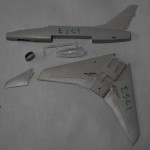
-
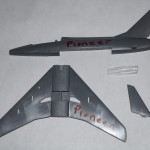
-

-

-
Can you see the extra frame on the Italeri canopy from 1998?
-
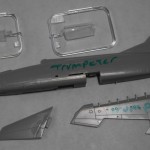
-
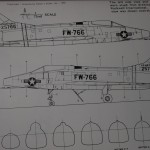
-

-

Pioneer-PM: This monstrosity was unleashed in the early 1990s by British empire company Pioneer. It’s made by a company called PM, based in the NATO country of Turkey. The air intake mouth is molded as part of the fuselage halves. It’s marketed as a ‘C’ version but has the wing of the ‘D’ version. It comes with extra long fuel tanks, Bullpup missiles, blobs with fins that’re supposed to be bombs and an IFR probe that’s missing the receptacle end. Oddly the wing and elevators are a close match with the Detail & Scale drawings, yet the fuselage is too small in overall size (as is the canopy/windshield). Bunrin Do drawings show the wing to be slightly smaller in overall dimension, the elevators having too great a sweep-back, and the fuselage is even smaller, so small you’d think it was a different scale.
Italeri/Revell Germany/Tamiya/Academy: Time to set things straight. This kit is not a re-box of the ESCI kit, it is a re-tooled/so-called improved version of the ESCI kit, first coming out in 1998. The surface details, and the wheel well/air brake well details, are exactly the same. The sprue layout is different. The external fuel tanks are much shorter than the ESCI tanks. You get optional IFR probes and afterburners. For weapons you get two ‘dumb’ iron bombs and two rocket pods. For some odd reason Italeri added a spurious frame to the canopy, about two thirds of the way back on the canopy, rendering it useless. The most noticeable change (besides the canopy guffaw) Italeri made was to the length of the fuselage, which now matches the Moore/Smith drawings. The tail is still too tall. The wing is slightly shorter in span to the Moore/Smith drawings, but the elevators are a close match (the opposite of the ESCI kit). Compared to the Bell drawings the wing is a better match, still slightly short in span. The elevators match the shape but are also slightly short in span. Interestingly the fuselage is too long for the Bell drawings, at the mouth, and the tail is still slightly too tall. For the Bunrin Do drawings the wing is too short in span, slightly narrow in chord. The elevators match. The fuselage is too short, yet the tail matches the height of the drawing. Revell AG (Germany) re-boxed the kit at the same time Italeri first issued it. Beware, Tamiya re-boxed the kit starting in 2001, and I’ve seen it command prices over $20 U.S. (just because it has Tamiya’s name on the box), Academy re-boxed the kit in 2017 also commanding a high price for it, don’t do it!
Trumpeter: And the winner is! Starting in 2009 Trumpeter issued what every Super Saber builder wanted; super detailed kits in the ‘C’, ‘D’ and ‘F’ variants. The kit comes with separate flaps and slats for the wing. Optional IFR probes. Detailed exhaust/afterburner section (only the early non-f-102 style of afterburner). Air intake trunking (but the mouth is molded as part of the fuselage halves and is narrower than the other kits). Optional factory air brake or field modified air brake. Optional extended or folded nose pitot. Boarding ladder. Highly detailed interior parts. The instructions make it look like the canopy suffers from the now ubiquitous ‘parting line’ syndrome that most Asian kits are infected with, but the canopies that came with my kits (the ‘C’ and ‘F’ versions) were free of this parting line. For the ‘C’ version the instructions want you to attach the tail hook which, according to my references, the ‘C’ version did not have a tail hook. The weapons load is extremely limited (as is with all the kits reviewed); Sidewinders and ECM pods depending on the kit version. The external tanks are about the size of the Italeri kit’s. Detail & Scale-4’s drawings show the wing to be much too short in span, the elevators are a match. The fuselage is almost a direct hit with the tail being slightly too tall. The canopy and separately molded windshield both look slightly small. Compared to the Bell drawings, in Detail & Scale-33, the fuselage is almost a direct hit with the nose being too long. The canopy looks good, but the windshield still looks small. The wing is too short in span and slightly narrow in chord. The elevators look like a match. With the Bunrin Do drawings the wing is good span-wise but way too narrow in chord. The elevators are too long in span. The fuselage and tail are too short. The canopy is slightly small, but the windshield looks good.
Conclusion: Avoid the odd Pioneer F-100, with its 1:72 scale wings and 1:80(?) scale fuselage. If you want something cheap that you can assemble and paint in less than a day, then hang from the ceiling, then Lindberg’s re-issue of the ancient IMC kit is for you (sometimes you can find the Hasegawa kit for less cost than the IMC/Lindberg kit so go for that then). The old ESCI kit is still good-to-go for building something you want to proudly display on the shelf, but don’t waste your time and money on aftermarket detailing sets. If you want the most detailed F-100 kit available (and you were thinking of buying an ESCI kit plus detailing sets) then it’s the Trumpeter kit hands down, no need to buy aftermarket detail sets (but you can if you’re obsessive and rich ). Even with its flaws the Trumpeter kit is still better than all the other older kits available.
P.S. The most needed aftermarket item for these kits is a good variety weapons set.
Gate Guards: F-100 Super Sabre
1/600 MOSKVA: AURORA VS AIRFIX
BLACKLIGHT REVELL DEAL’S WHEELS
HEINKEL HE-51: HASEGAWA VS. ICM
GEORGIA’S MUSEUM OF AVIATION MODEL SHOW, 2017
RED DEVIL AWARDS 2017, ARE THEY REAL OR ARE THEY MODELS?
GROCERY STORE USES MODEL PLANES TO ATTRACT CUSTOMERS!
IDAHO CAT CAUGHT INSTRUCTING HUMAN HOW TO BUILD CORVETTE!
1:48 F-105G WILD WEASEL SHOWDOWN, HOBBYBOSS VS MONOGRAM
1:72 SHOCK & AWE LOCKHEED F-104 STARFIGHTER, OR, WHY YOU CAN’T TRUST SCALE DRAWINGS!
FUJIMI, ESCI, AIRFIX, HASEGAWA, MATCHBOX, REVELL & HOBBY BOSS. MORE REASON NOT TO TRUST SCALE DRAWINGS?
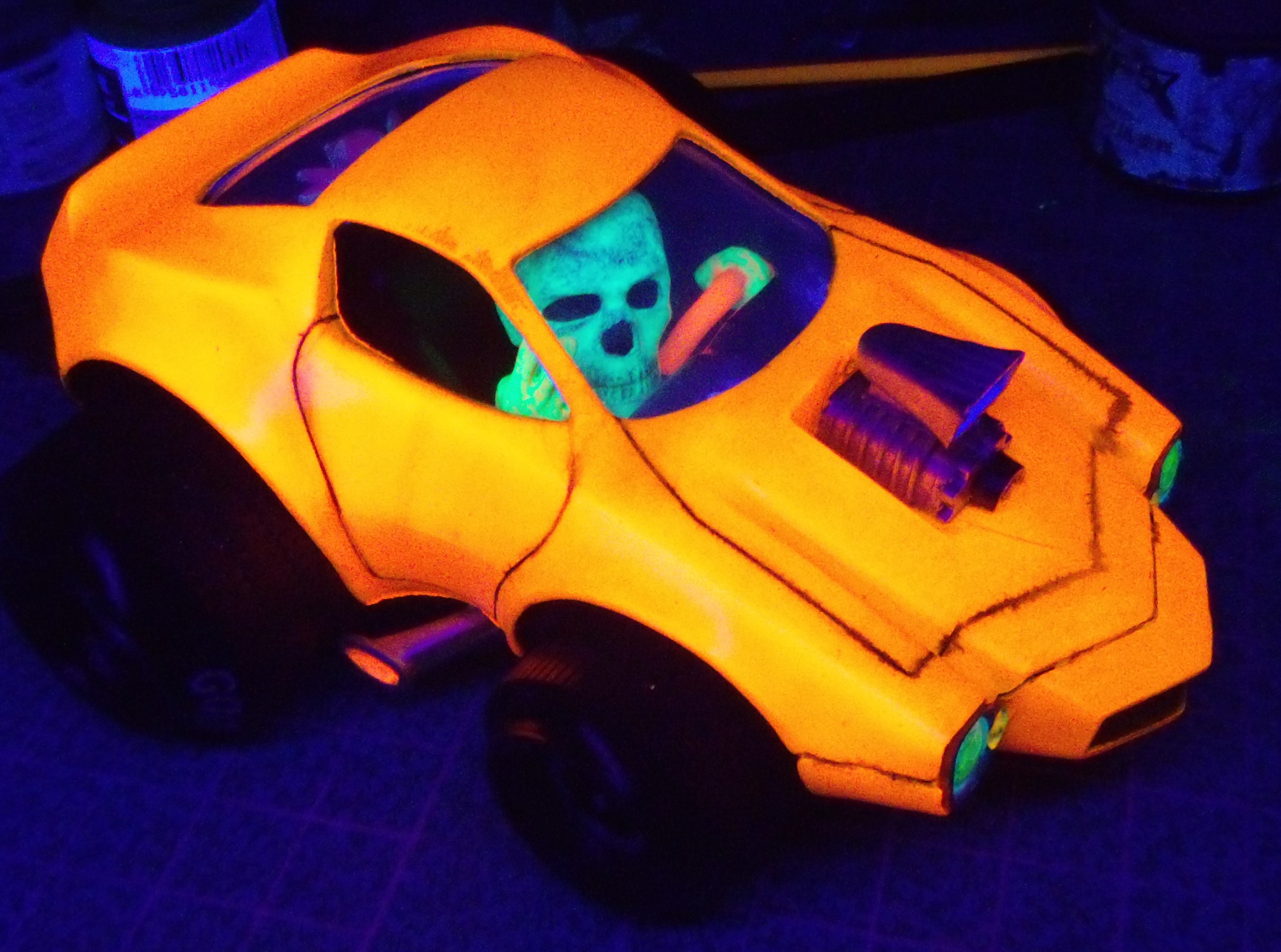 BLACKLIGHT REVELL DEAL’S WHEELS
BLACKLIGHT REVELL DEAL’S WHEELS